|
“I really like the challenge of making nature movies that don’t use the classical informative narrative. I try to relate the subject, structure, and theme through a philosophical point of view that would ultimately talk about a way of seeing the world and not only give information. This can be very challenging to achieve.” The poetic and philosophical undertones Miguel describes are palpable - very soon into starting Miguel’s short, Arthropodium (2018), a film co-produced with Jorge Bolado A jack of all trades, Miguel Labastida González is a cinematographer, director, editor, writer, and photographer. He was a Cinematography Lab Fellow, participating in a specialized programming track at the 2022 Jackson Wild Summit for experienced and established cinematographers which specifically focused on refining techniques and skill sets. Miguel is based in Mexico City and comes from a multicultural background; his father is from Mexico, and his mother is from Brazil. While he now specializes in multiple disciplines, Miguel first started studying film in Brazil but finished his degree in directing from CENTRO, a leading university for design, film, and media in Mexico. “Robert Bresson said that directing is entering a state of intense ignorance and curiosity in order to better see the world that surrounds you. I try to use this to improve my relationship with reality.” While in school, Miguel was taught by Jorge Bolado, a university professor for more than 35 years, a film scholar, musician, and a lover of books. Bolado’s films have been presented in many film festivals such as Venice, Cannes, Berlin, and more. Miguel and Jorge’s friendship-turned-creative partnership led them to find Matadragones, a Mexican production company dedicated to the creation of films, video clips, advertising, photography, music, animation as well as artistic or experimental projects. Their mission is to create unique, different, and original audiovisual content of quality. In 2022, Miguel and Jorge appeared as guest speakers during the Collective’s Narration Writing Masterclass led by Carol L. Fleisher. The Collective has allowed Miguel to engage with the wildlife filmmaking community and make new connections. “Thanks to the Collective, I met Kimerudi Motswai, a Sudafrican filmmaker whom I’ve already collaborated with making a panel discussion that happened at this year's NEWF congress in Sudafrica.” These days, Miguel is keeping busy with two nature-focused projects. “Right now I’m doing some mushroom macro photography for a feature film, and I’m trying to finish editing my own mushroom film.” “Rather than focusing on some great shots I try to think of films as a whole, their meaning and power should come from what many shots are put together to create”, shares Miguel, in reference to the industry’s heavy emphasis on capturing singular moments. The advice he’d give to his younger self and an aspiring filmmaker? “Censorship starts on the outside by people, festivals or the industry telling you what's best to do. After some time, if you don't fight this continuously, censorship comes from within yourself. Don’t let this happen, do the movies you believe in.” To learn more about Miguel’s work, please visit Matadragones' website and Instagram, and keep up with Miguel's Instagram. The Jackson Wild Collective is the virtual home for our global storytelling community to connect, collaborate, and inspire change year-round. Join today.
0 Comments
If you saw Grace Eggleston volunteering at the 2023 Jackson Wild Summit operating a live streaming camera in Explorers Hall, you saw her in her element. An experienced cinematographer, director, and editor, Grace was drawn to filmmaking by way of a desire to be a part of the magic that happens behind the camera. “My excitement for filmmaking stemmed both from a love of watching movies and TV, but more also wanting to know the behind-the-scenes of how a production pulled off certain scenes. Even as a kid, I usually felt most connected to the documentary-style photo/film exhibits at museums. This is some of the film work that inspires me the most–even when the message is over my head. I’ve always loved a mix of fine art and the environment." Now based in Washington, D.C. but originally hailing from Michigan, Grace has a passion for water conservation issues, both in the Great Lakes Basin near her home and beyond. She loves telling stories that explore the ties between people and their environment. Her directorial debut, Timber Rattlesnakes of Catoctin Mountain Park, follows rattlesnake expert William H. Martin as he searches for timber rattlesnakes in Catoctin Mountain Park, showcasing their beauty and importance to a healthy and balanced ecosystem. “The film is the first part of a short series I’m creating for the National Park Service. We hiked around boulder fields in the Appalachian Mountains with a rattlesnake expert to find their dens, visiting the same spots across multiple seasons to see a wider range of the population,” Grace shared. “One of my favorite finds was a rattlesnake who was pregnant with her first litter, and some babies spotted nearby later that fall. It was inspiring to see them up close for the first time–they were calm and beautiful–and to learn from such an experienced guide who knew the ecosystem so well.” As she explores different roles in filmmaking, there’s no one niche she’s settled into just yet. Grace earned her MFA in Environmental and Wildlife Filmmaking at American University in 2021, and as she gains experience both behind the camera and in the editor’s chair, her hope is for a diverse career. “I would love to direct more films of my own and am developing a few ideas for documentary shorts right now. I guess it comes back to working with people–I think it’s exciting, as a director, to get to pull teams together where everyone can knock their part of the film out of the park,” Grace expressed. “I’m currently freelancing mostly as a cinematographer or editor, depending on the project. I really enjoy both cinematography and editing because they challenge both the techy and artsy sides of my brain. They also inform each other really well; editing has helped me understand how to shoot better, and vice versa.” Her most recent project took her to Dry Tortugas National Park, working as director of photography for Islands of Discovery: Dry Tortugas National Park–another work in partnership with the National Park Service. The project was a collaboration with fellow Jackson Wild Collective member Hyatt Mamoun, who served as director and presenter for the film. “This is one of the most beautiful and unique places I’ve ever been. It was an exciting and fast paced shoot, sleeping in the walls of the old Spanish fort one night and filming baby sea turtles the next.” Her advice to her younger self, and to all aspiring filmmakers, suggests a healthy balance of inspiration and self-confidence: “Trust your gut and don’t be afraid to follow your interests as they evolve! Everyone has a different mix of interests and strengths, and–most importantly–is at a different spot in their own life. So be inspired by people, but try to gently course correct when you find yourself playing the comparison game. Your career or life won’t be the same no matter how hard you try, and that’s awesome! So work hard, cheer others on, and stay true to your weird self!” “I’ve taken advantage of the mentorship program, online workshops, and have also volunteered at the summit in Jackson Hole. It’s been a great way to meet new people in the industry and connect not only with mentors, but with other people who are at about the same stage in their filmmaking career as me,” Grace shared about her involvement with the Jackson Wild Collective. “It's been unbelievably valuable and a lot of fun to keep up with all the awesome people I’ve met through Jackson Wild!” You’ll definitely want Grace behind the camera for your project, but you also may want her around when you’re out in the backcountry–she recently obtained her Wilderness First Responder certification! “I was blown away by how much I learned. Taking a medical class was totally different for me, so it was a bit intimidating at first. But it was hands-on, very applicable to real life, and a lot of fun. I’m sure a lot of people reading this already know about or have this certification, but I thought I’d mention it in case it spurs even just one more person to take the plunge. I highly recommend it as a first-aid baseline for anyone who spends a lot of time outside and in the field in those crazy beautiful places we love so much!” Follow Grace Eggleston on Instagram and learn more about her work on her website. The Jackson Wild Collective is the virtual home for our global storytelling community to connect, collaborate and inspire change year-round. Join today. Ismaele is the recipient of Schoolyard Films and Jackson Wild's Northern Europe Environmental Film Scholarship in partnership with Amberjack Films and m:Brane. Not everyone can say they’ve worked in collaboration with powerful international production companies, but for Ismaele Tortella, this is his reality. “There are several things that I’m proud of, but the most important for me has been how I’ve been able to start working with big productions [such] as the BBC and Silverback Films. I’ve been following a group of Eurasian otters for the past few years in northern Norway, discovering unseen behaviors. Thanks to this, I started working with those production companies. It makes me extremely happy that something that I have been working on so hard and close to my heart, would be the reason for this step in my career.” During Ismaele’s early days as a wildlife photographer, he saw his photojournalism shortlisted in a variety of different international photography competitions. His work also found the spotlight in a handful of international magazines, ranging from Nikon to National Geographic. Now a director and arctic cinematographer living in Norway, Ismaele has continued this trend of success with two of his short documentaries winning awards in several international film festivals, and even being broadcasted on Italian national television. His most recent project, “Arctic Blue,” explores concepts that apply to both Ismaele personally and his global audience. “For sure the biggest and the most demanding project that I have is my first feature documentary: “Arctic Blue.” It is my personal journey facing my challenge of accepting myself and where I fit in this changing world. And the way that I explore my story is through the animals and people of the Norwegian Arctic where I live. Working on a personal documentary feels like going to a psychologist.” It’s these philosophies that breathe life into his work. By pulling from his own beliefs and experiences, Ismaele is able to create a clear vision for his projects, making it easier for his audiences to understand and internalize exactly what he’s trying to say. “I feel that in nature documentaries or photography, we often approach this world by ourselves. Maybe because the subject is challenging to reach, or we need a lot of perseverance to find something special. Something that makes it hard to find people with the same sensibility and motivation. Or maybe because we just enjoy those intimate moments with ourselves. But in the moment of constructing something bigger, or to change something we need to come together. And I think that this is what I value most about the Jackson Wild Collective, aiming to put us together.” As successful as he has been, Ismaele’s freelance work does come at a cost from time to time. However, it’s not enough to fully dampen the incredible experiences that his job has allowed him to live. “The unpredictability of freelance work [is the hardest part of the work that I do]. I never know what my life will look like in six months, where I will be, or with whom I will be. At the start this was exacting, the adrenaline was taking over the stress. But now after years like this, I feel the weight of the uncertainty,” he shared. “At the same time, this gives me the opportunities to visit and see places and animals that I would never be able to see. To witness the wonder of the natural world.” There is so much more of the natural world out there, waiting to be captured on camera. We are confident that Ismaele’s continued efforts to document this world will help global audiences become better aware about the intricacies of the planet they live on. The more aware people are, the more educated they become. A shared understanding of our natural world is vital. It gives people an opportunity to connect on common ground, so that they don’t have to approach this world themselves. Follow Ismaele Tortella on Instagram and Facebook, and learn more about his work on his website.
The Jackson Wild Collective is the virtual home for our global storytelling community to connect, collaborate and inspire change year-round. Join today.
The “Free the Footage” film was created as a comical call to action to encourage film makers to think about their extra b-roll and all the hundred of hours of unused footage they have differently.
What would be possible if we freed our footage, and if we opened up our hard drives and shared all of our unused footage with the world? Would it be possible for us to help an NGO protect an endangered species? Would it be possible to help a teacher educate kids about their local ecosystems and the wildlife they share their beautiful home country with? Could we help build empathy within a generation? Could we reduce the carbon footprint of our industry? Could we give an extra life to our films? The idea of open sourced filmmaking has been around since the early 2000s but it is still sadly rarely practiced. Exclusivity has become a value addition, helping content providers compete with one another. Giant international streaming platforms, who have quickly taken a hold of the majority of the world’s content creation, have also changed the very nature of film rights and have made it more difficult for independent filmmakers to retain ownership of their creations. Lastly, people do not often think of the unused footage as a resource that has a carbon footprint attached to it. Tom Mustill from Gripping Films, a pioneer for low-carbon high impact filmmaking and one of the writers for “Free the Footage” film, said, “keeping all the hundreds hours of footage stored away on a hard drive no one uses is like a farmer spending all this energy to produce a crop full of carrots, but in the end after harvesting and selling the best carrot from the bunch, the rest have to be thrown out. It is a huge waste of resources.” And he is right. There is so much untapped potential, but we have to change the way the industry works, the way films are licensed, and the way people think about their footage. The “Free the Footage” film was created in part to help move forward an impact goal of a new feature length documentary coming from Indian filmmaker Taira Malaney. She first learned of impact production when she was a participant of the Jackson Wild Media Lab in 2019. It was there she realized there was a need for greener filmmaking practices within the industry as a whole. Taira later met Tom Mustill through one of Jackson Wild’s virtual mentorship programs. So when she set out to make a plan for the impact campaign of her first feature length documentary, she decided one of the goals needed to be inspiring other Indian filmmakers to think about how we could green the industry and why it is important to do so. To help develop her film’s impact strategy and implement the campaign's goals, she brought on Jill Ferguson as the impact producer for the film. Prior to the 2022 Jackson Wild Summit, Tom Mustill and Jill Ferguson met several times over the course of two years to discuss the best ways to foster such an important discussion and inspire people to act. Tom said, “we are filmmakers, so we should make a film." Luckily, the Jackson Wild team loved the idea and supported the development of the film. Jill Ferguson thought it would be great to also design an interactive session around the film at the Summit in Austria that could spurn a meaningful conversation around how we as an industry could individually and collectively take action to make greener films. Christie Quinn, Director of Operations at Jackson Wild, connected the Turtle Walker team to Samuel Rubin and Heather Fipps, the cofounders of the Hollywood Climate Summit to codesign a session. Samuel and Heather had been recruited by the UNFCCC to help build an international accord around making the film and television industry more sustainable. Helping create an international accord through the UNFCCC that outlines various green pathways for our industry is exactly what is required to help us do our part in keeping us to the 1.5 degree temperature rise as outlined by the Paris Agreement and the UN. The “Free the Footage” debuted at the Jackson Wild Summit in Austria. Tom Mustill, who had been invited to speak on a panel at the summit on green filmmaking, used it as a tool to help encourage people to start thinking about easy ways they could immediately start making greener films today. The film was screened a second time later that week as part of a session called Climate Action Pathways for the Film & Television Industry. There, Samuel and Heather kicked off the session introducing ENZA (the Entertainment Net Zero Accord) now expanded to ECCA (Entertainment and Culture Climate Action) which is the accord they are currently helping to develop for the UNFCCC sectoral initiative for all the Entertainment and Cultural Industry (ie Television, Film, Theatre, Performing Arts, Music, and Museums.) As part of the session, Taira screened the “Free the Footage” film and introduced the idea of open sourced filmmaking as one example of ways in which we could create more carbon conscious films. They then broke up the people attending the session into groups to discuss the pain points currently preventing us from moving towards greener industry practices, as well as harvest case studies and potential solutions the community knew of that could act as guiding lights of change for the industry as a whole. The session sparked some really interesting and insightful discussions, and people left feeling inspired and ready to get to work. The work didn’t stop there though. Samuel, Heather, Jill, and the rest of the ECCA team are continuing their efforts to build out an accord and bring on signatories that will support the industry as a whole to shift towards greener practices. To learn more about the accord you can visit https://ecca.earth/. Even if it feels like too much of a time commitment to sign up to the accord at this time, we encourage you to think about how you could make your filmmaking process greener. What could you do today to help reduce your carbon footprint? Would you be willing to share or license your unused footage so others can use it for good? Would you be interested in making an open source film that helps educate and inspire? Tom Mustill and Taira Malaney have both made films that can hopefully inspire you to what also is possible when we start thinking about our footage differently and ultimately what impact we really want to have as filmmakers. “Every day I reach a new height. It is a constant process of growth.” Moronke Harris does not fit into any mold. She is an oceanographer who has returned to academia after working in industry on climate engineering and intergovernmental, multi-vessel research expedition planning. She’s also an artist, founding The Imaginative Scientist, a science communication brand blending traditional outreach and artistry to produce an audience-first approach that engages, invites, and inspires curiosity. Moronke contains multitudes, and so does her work. “I am prouder of myself today than I was last year or even last month. I just keep working, moving forward, and meeting incredible individuals, and as a result beautiful things continually fall into place. To say I am excited about what the future holds is a severe understatement,” Moronke shared upon reflecting on her journey thus far. Her scientific research focuses on the most unexplored areas of the ocean, containing the most potential for discovery. Specializing in hydrothermal vent ecosystems 1000-4000 m under the ocean's surface, she is fascinated with deep-sea exploration, blue economy, microbiology, and seafloor mapping. “Observation of the largely unexplored ocean offers an unparalleled opportunity for revolutionary discoveries and the attainment of scientific milestones. I have been enthralled by this concept since I was young thanks to the help of multiple ocean exploration documentaries,” she shared. “ Within the ocean science community, there is an abundance of stories centring career aspirations birthed from a childhood spent by the sea. Since I grew up in a landlocked area of Ontario, Canada, the ocean did not play a large part regarding direct, regular influence on my childhood inspirations. However, these documentaries, coupled with my imagination, provided plenty of indirect influence. Additionally, as a child, my family travelled often and I would spend hours investigating any pools, rivers, lakes, and oceans I could get into. It was always a hassle to get me out of the water.” “The older I got, the more my marine interests grew and by the time I was in my undergraduate program, I knew oceanography was a field I wanted to explore. In my final year, I wrote a literature review on the comparative potential effects of both climate change and deep-sea mining on hydrothermal vent systems, and my research interests became solidified in the blue economy, biogeochemistry, sea-floor mapping, and extreme environments. Entering graduate school was an easy choice for me because it allowed me to pursue a dream career. I saw the program as a first step in a journey toward being at the forefront of ocean exploration. A PhD allows students to contribute something new to their fields, something that has never been done before. And a PhD centering deep-sea science allows you to do this while interacting with regions of the Earth few have seen. Ultimately, I owe my determination to my parents who could not always relate to my love for ocean exploration but nurtured my passions wholeheartedly, nonetheless.” The Jackson Wild Collective has allowed Moronke to dive deeper into the world of ocean documentaries that caught her attention at a young age. “Connections afforded by the Collective have allowed me to collaborate with filmmakers and start dipping my toes into narration and expedition documentation. As someone with artistic tendencies, I have always had an interest in filmmaking and photography. Now I get to learn from talented individuals in these fields, and teach them a little science in return along the way.” Moronke’s work has brought her out into deep waters with no sight of land, and into classrooms sharing the wonders of deep sea exploration and oceanography. “The most fascinating and rewarding part of my oceanographic work is the rarity, the uniqueness of location, and the potential for discovery. Thousands of meters under the ocean’s surface exists a world that survives and thrives in the absence of sunlight. Here, scientists contribute to the discovery of our ‘final frontier’. It is akin to space exploration,” Moronke added, speaking about her science communication work. “As an avid science communicator and guest lecturer, I relive a tiny portion of this fieldwork experience each time I share my passions with an audience. There is nothing better than seeing others excited about what excites you!” But science communication is not always easy – science can be complex, and striking the balance between detailed and accessible can be tricky. “We scientists love complexity, but this can impede efficient communication. This is critical because effective science communication has the power to impact politics, healthcare and policy agendas, contributing to benefitting both society as a whole and the environment that surrounds us. If you can get general audiences to truly understand the science behind why global warming is damaging, instead of covering it with a blanket statement of “dangerous” – they are more likely to act with the power that they hold, which is numbers for political voting. Much of this comes down to simplifying our ideas strategically.” And it’s not just the general public either – Moronke is working to reduce the disconnect between different scientific disciplines as well. “With The Imaginative Scientist, I am aiming to change how scientific concepts are regularly conveyed by incorporating visual art. This includes artistic pieces as well as bringing engaging, multi-sensory experiences to science-based public speaking. Making topics more palatable to those who aren’t in science, or to other scientists, who may not be in the specific field I am discussing. Because we know there is also a disconnect between scientific fields, not just outside of science entirely.” Moronke’s advice for an aspiring ocean scientist is simple: “Try, try, and try again. It is cliché but I have truly found that when one door closes another always opens. Be prepared to take advantage of any possibility that comes your way. Go after internships and research assistantships if you have the opportunity to.” “Additionally, do not be afraid to ask for help, or to ask others that you look up to how they got where they are. In my experience professionals are happy to advise those at earlier stages in their careers. Without that wonderful support network, I would not be where I am.” With 30+ national and international speaking engagements and collaborations (spanning live international Q&A seminars, lectures, podcast features, text interviews, social media engagements, etc.) completed, Moronke is well-versed in enthusiastic and knowledgeable outreach. As she continues to intertwine science and art, pushing the boundaries of science communication, we can’t wait to see what comes next. Follow Moronke Harris and The Imaginative Scientist on Instagram, and learn more about her work on her website.
The Jackson Wild Collective is the virtual home for our global storytelling community to connect, collaborate and inspire change year-round. Join today. “Diving headfirst into the world of natural history filmmaking - especially completing a short film in five days - was a wild (no pun intended) and incredible whirlwind of an experience,” said Jane Macedo Yang, a cinematographer currently based out of NYC. She came into the 2022 Jackson Wild Media Lab with loads of experience under her belt, having worked on political ads, stories of refugees, and much more. But the Media Lab was her first foray into the natural history space, and what better way to learn than through an intense production process surrounded by peers of all diffferent backgrounds and experience levels. “Working with a group of fellows from all over the world was a reminder of how any type of filmmaking is such a team sport, and everyone’s different perspectives, from both seasoned filmmakers to first-time filmmakers and scientists and activists, added such rich and diverse layers to the storytelling process. The aspect of filming wildlife – in my group’s case, birds – was fascinating. Especially given our tight deadline, it gave me a deeper appreciation for wildlife and the patience that many natural history filmmakers must have.” Jane, along with Media Lab Fellows Laura Pennafort, Luyanda Shabalala, and Jordan Chapman, created The Bird Ringer, a film about migratory birds in National Park Neusiedler See - Seewinkel. “Getting to know and learn from the fellows, as well as the program leaders from Days Edge Productions and Jackson Wild, was a reminder of the shared love of filmmaking and created lifelong friendships and connections,” said Jane about the emotional aspects of the program. Though the Media Lab was her first time working on a wildlife film, Jane’s interest in the natural world is not new. “I’ve always loved the outdoors and nature, and once dreamed of being a marine biologist. Watching BBC’s Planet Earth had a large impact on me as a teenager, and opened up the possibility of natural history filmmaking. My love for film came around the same time, but I didn’t think about putting the two together until I was in college, when I double majored in film and ecology & evolutionary biology,” she shared. “Unfortunately, I was told that ever being on a project like Planet Earth would be difficult unless you knew the right people. As a young queer woman of color, it felt like an impossible industry to enter in as I didn’t see others in the industry that looked like me, and it wasn’t until the Jackson Wild Media Lab where it felt like being a natural history filmmaker could become a reality. This is why highlighting underrepresented voices is so important to my work – both in front of and behind the camera. In both directly people-focused films and nature / science work, there are so many voices and stories that have not been heard, yet are so significant to the human experience and the world we live in.” Jane’s prior work includes the documentary short Boyhood, a story about a family of Rohingya refugees, specifically focusing on 10-year-old boy Kamaruddin. She has also created short films for Stacey Abrams’ campaign for governor, along with advertising for voting rights organizations in Georgia. She wore a lot of hats in the film production process before ultimately realizing that visual storytelling behind the camera was where she found the most joy. “I’m able to be so present when filming, reacting to everything unfolding in front of me, being immersed in finding frames and working with light – especially in the spontaneity that documentary often brings, and being able to work with my hands to operate the camera and gear. One of the joys of filmmaking is building trust and camaraderie with the director, crew, and the participants (as you’re often the person physically closest to who is being filmed) too, and working together towards a singular goal of creating moving, authentic work. Cinematography and camera work felt like a natural fit to my love of films and imagery.” Jane is currently working on Parastoo, the first documentary she started working on. “My sister and the director of the film, Jennifer Yang, and I moved to Kuala Lumpur, Malaysia in 2017. There, we met an Afghan refugee theater group called Parastoo Theater, made up of first-time actors. We filmed the group’s journey as they rehearsed and performed one of their first shows. In the group, we met two young actresses, Farzana and Fatima, both incredible beings and whose stories are the focus in the film. Parastoo is about their years-long journey as they grow up and their lives diverge when Fatima and her family get resettled to Australia,” Jane shared. “Present-day, we’ve brought on an incredible team including producer Justine Armen, consulting producer Amin Kamrani, and production coordinator Anisha Wadhwani. The story of the film has changed direction several times including expanding from a short to a feature, and we continue to be in production as we raise funds. Especially since it was one of the first films I worked on, watching the older footage from 2017-2018 to the most recent footage of 2022, it’s been amazing to see the growth of the quality of the footage and how far the team and story has come. After joining the Jackson Wild community in last year’s Media Lab, Jane now uses the Collective to get more involved in the natural history space by connecting with others, learning about their work, and hearing about opportunities, including gigs, events, programs, and grants. Speaking of connecting, she’s putting out a call for collaborators: “I’m looking for collaborators on documentaries and am open to all themes – natural history, environmental issues, social issues, political commentary, interwoven narratives of all of the above! Although I’m based in NYC, I’m open to travel. I work as a DP, camera operator, and AC and am looking to connect to other filmmakers and chat. Please don’t hesitate to reach out!” Learn more about Jane’s film Parastoo, visit her website to see more of her work.
The Jackson Wild Collective is the virtual home for our global storytelling community to connect, collaborate and inspire change year-round. Join today. “Growing up, I always felt a connection to nature. I was raised with a forest and stream surrounding my home, with wild animals around my house, and with a lot of space to explore. As a kid and teen, I loved to spend every summer at lakes and in the ocean. Yet only when I was a young adult and traveled to different places around the world and then lived by the sea for a while, I felt the need to do something to help conserve our natural waters. For me, the way to do that was with environmental communication through documentary films.” Sabine M. Probst is a documentary filmmaker, producer, and cinematographer. She was also a 2022 Jackson Wild Summit Fellow, participating in a comprehensive program for storytellers to accelerate their project in development through a series of skill-building workshops, networking events, pitching opportunities and mentorship. Sabine is based in Austria, and she understands the irony of growing up in a land-locked nation and ending up as an ocean conservationist and underwater cinematographer. “The best advice I could give my younger self is to not compare myself so much to the success and the work of others, not trying to fit into a mold, and not listen too much to what others think I should do. Not everyone has the same connections and opportunities in life and wants to take the same path,” Sabine shared. “I used to think that in order to be a credible ocean conservation filmmaker, I would have to have a degree in marine sciences and film and live by the ocean. Yet I come from a design background and live in a landlocked country. I learned the film basics in university, but I also taught myself a lot, took extra courses in film, conservation, communication, and biology, and learned by doing. My degrees in information and media design give me a different viewpoint on projects. Even though I don't live by the ocean, I get to work with marine biologists, conservationists and people that do live by the ocean and share their inspiring stories through film.” In 2022, Sabine founded Seen Blue, a visual environmental communication organization working with environmental organizations, scientists, and activists to communicate their research, work, and efforts to protect nature effectively. Their newest film, Maydayterranean, presents both the beauty of the Mediterranean Sea, along with the challenges it faces: effects of tourism, lack of legal protection, pollution, overfishing, and more. “I was writing my master’s thesis about how to use documentary film as a tool for ocean conservation, and I wanted to create a piece that brings theory into practice. I got a small grant from my university to do the project, so I started researching places nearby. The closest sea to Austria is the Mediterranean Sea. What stood out to me during my research was that everyone I spoke to about wanting to film the underwater life in the Mediterranean Sea looked surprised. Even though all of these people spend every holiday in Italy, Croatia, or Greece, everyone thought of the underwater world as lifeless and beige. From then on, I knew that I wanted to show the tourists that spend their vacations at the Mediterranean Sea, and the locals that don't get to explore it, the beautiful world underneath the surface.” “I eventually reached out to an old schoolmate of mine who is a member of the Mediterranean Education and Research Association, who referred me to a marine biologist and educator working in Croatia and Austria. She opened my eyes to the incredible biodiversity of the Mediterranean Sea, and made my fascination for the underwater world grow even more. She helped me build connections with other scientists, marine conservationists, and researchers. I filmed in five countries bordering the Mediterranean Sea and in Austria, my home country, where I wanted to see what a landlocked country can do for ocean conservation." Maydayterranean screened at a film festivals worldwide, was presented at schools, and has now made its way onto the Waterbear Network where it can be streamed for free online. As a former Fellow, Sabine uses the Jackson Wild Collective to stay involved with the community. “To me, the Jackson Wild Collective is a place to connect with like-minded people worldwide. Through it, I’ve found many valuable contacts, made new friends, and stayed up to date on new opportunities.” Follow Sabine on Instagram to keep up with her work, and follow Seen Blue to get updates on their new projects. Watch Maydayterranean on Waterbear Network.
The Jackson Wild Collective is the virtual home for our global storytelling community to connect, collaborate and inspire change year-round. Join today. Filmmaker Q&A with Jerry van de Beek and Betsy de Fries, Directors of YELLOWSTONE 88 – Song of Fire1/19/2023 Q: What inspired this story? Little Fluffy Clouds studio is located in Northern California where we are now beset with ever increasing climate change related fires and worsening air quality from smoke every year. Fire season begins earlier and finishes later with every year that passes. Nonetheless California also shows us the spectacular beauty of nature. The giant old growth redwoods, abundant bird and wildlife and ever increasing populations of bears and wolves. We always wanted to include wolves in our animations and had an early idea to do a short animation about the redwoods. While researching these subjects we came upon the story of the devastating fires that engulfed Yellowstone Park for so many months of 1988. A kernel of an idea began to take shape, to tell the story of that fire and its aftermath purely from the perspective of the flora and fauna in the park. Yellowstone 88 – Song of Fire is the culmination of that early seed. The narrative poem, Song of Fire, by Betsy has its’ roots in a TED Talk given some while ago by the writer, journalist and eco-activist, George Monbiot, on the subject of rewilding. Rewilding is a newish word coined for a forward thinking concept, it means the mass restoration of ecosystems. We were inspired by the notion of Trophic Cascade which he explains here: “This is an ecological process, which starts at the top of the food chain and tumbles all the way down to the bottom, and the classic example is what happened at Yellowstone National Park when wolves were reintroduced in 1995.” ~ How Wolves Changed Rivers - George Monbiot Q: How did you approach storytelling in this film? Telling a true story in the form of a narrative poem is hard to do. Poetry is an intangible expression of emotion coupled with an idea but this poem had the added layer of needing to be grounded accurately in facts. How to combine that with the spiritual story we wanted to weave? And how to tell the story of fire – what to include, what to leave out - yet still give full reign to the creative flow in both rhythm and rhyme? And of course how to evoke tantalizing imagery to set the stage for animation? Designing animation Yellowstone 88 was a challenge but one we really enjoyed. Once you know what story you want to tell you have to come up with a visual narrative that supports that story. You have to set parameters like color palettes and style. As with any story you have characters coupled with an event. In Yellowstone 88 our characters are the animals and the environment. The two major events of this story are the fires and the snowstorm. The nature of this story is one of high contrast. Against the brightness of the fire and the whiteness of the snow the story of the animals plays out in almost silhouette. This gave us the idea to create a 2D animation and stack the characters and events in layers. Starting with the first character - the environment – and moving on to add the events of the fire and snow. Adding on top of that the second character - the animals. To fully showcase the vastness of the landscape we introduced slow camera moves and worked with many 2D planes to create a parallax effect and immerse the viewer inside the story. At this stage that we made the choice to create the animation in Cinemascope and fully imbue it with an epic feel much in the way you experience Yellowstone in real life. The final challenge was to bring all the pieces together. The Poem has its own rhythm and flow but so does the animation and the music. Each is very powerful in its own right so combining these elements without compromising one for the other was a very delicate dance indeed. Q: Describe some of the challenges faced while making this film/program. We started Little Fluffy Clouds with the goal of earning enough money from paying projects to pay for our own creative short animations. In essence some 25 years later that’s still what we do. 2020 was a different kind of year. The entire world went into lockdown as the Covid-19 pandemic spread. With no prospect of work for a while we turned to what we do best - our own films. Once again we were our own clients with all the benefits and pitfalls that come with that. Only four people worked on this production with each their distinct talent and contribution: Jerry van de Beek, director, designer, animator, sound designer; Betsy de Fries, director and writer, Peter Coyote, spoken word actor and Mark Murphy, composer and sound designer. We operated from remote locations in in California and in Dublin. Like everyone else we had to rely on on-line links, zoom calls, emails and constant open communication to keep the production flowing and get it to the finishing line. It was challenging. There were stops and starts but we kept going and all of that makes us extra proud of our achievement. Q: What impact do you hope this film will have? As we were making Y88 it quickly became obvious to us that Climate Change/Chaos is overtaking our planet faster than our governments can adapt and react to but to strip away all hope only serves to immobilize. Perhaps the greatest take away from the 1988 park fires is how quickly an ecosystem can renew itself if nature is allowed to take it’s time and lead the way. We see this film as a way to get the climate change/chaos message across in a forceful yet beautiful way - a seduction as opposed to a hammer. The film is for everyone but reaching a younger audience is paramount. Their future is at stake here and they must come up to speed and advocate for themselves. Yellowstone 88 is now being shown in schools in France, Scotland and California as a means to jumpstart conversation and engagement around the issue. Q: Any facts about the film, the subject matter or the production crew that might surprise the audience? Relatively few animals died in the actual fires. Instinctively fauna understand and can gauge fire and usually can survive one. Some flee and some go underground. Most note the wind and smoke patterns and move away from the fire as quickly and as far as they can. Multiple fires converging pose a greater threat but the real danger to flora and fauna comes after a fire when the land is scorched bare and there is no food to be found. That same winter snow that doused the uncontained fires of Yellowstone was so severe that animals simply starved or died attempting to find food. It was a bitter loss of great proportion. At the time of the fire there were no wolves living in the park but their existence in Yellowstone predates the creation of the park and their presence and soul has always been felt, and so the spirit of the wolf speaks through this poem and guides us through the animation. Once reintroduced into the park their presence altered the shape of the ecosystem and returned it to a more original stature. The park is the centerpiece of the Greater Yellowstone Ecosystem the largest remaining nearly intact ecosystem in the Earth's northern temperate zone. In 1978, Yellowstone was named a UNESCO World Heritage Site. Q: What's next for you? We’d love to jump on the next film as soon as possible. Plenty of ideas abound but first we have to continue with paid productions for our clients. Our hope is to get some funding for our next film so that we can allocate more time to it without having to put it on hold for paying gigs. Follow Little Fluffy Clouds, the studio behind YELLOWSTONE 88 - Song of Fire, on Instagram and Facebook to see more of their work.
Q: How do you approach storytelling? One of my aims as a filmmaker is to encourage audiences to engage with familiar topics from new perspectives. With that in mind, when I began the research for ‘Growing Underground’ I knew I wanted to use a less traditional approach to storytelling and make something with a more contemporary feel. As well as emphasising the otherworldliness of the farm through the film’s music and cinematography, I used narration to create an ‘Operator’ character who guides the audience - the ‘seeds’ - through the production line, all the way from planting to plating up in the surface. I hope that this approach helps to challenge preconceived notions of food production, demonstrate a possible future, and ultimately leave the viewer energised and excited about what could be. Q: Describe some of the challenges faced while making this film/program? Filming on a working farm (particularly one in an old air raid shelter!) certainly posed a number of challenges. By its nature an air raid shelter isn’t the most spacious of locations, and all useable space that did exist was dedicated to growing micro-greens… making it hard to set up a tripod, let alone get the perfect shot. The huge whirring fans - though they made for great visuals - also made it very difficult to record audio. Finally, access to the farm was through either a tight 33 metre staircase or a very small lift, meaning there were limits to the kit we could bring with us. Q: What impact do you hope this film/program will have? At its heart, I wanted the film to foreground a vital but uncomfortable question - how are we going to produce enough food in the future? Re-using urban space for agriculture may be a part of the answer, but there needs to be a much wider re-evaluation of how we feed ourselves while also being kind to people and planet. In particular, I hope that the more contemporary storytelling in the film appeals to younger audiences who may not otherwise have engaged with ideas about food security, and that whoever watches it comes away with their own questions about the food they eat and where it comes from. Growing Underground won our Student category at the 2022 Jackson Wild Media Awards.
Follow Kate on Instagram to keep up with her work. Q: What inspired this story? This project began as part of a series of videos I pitched to the National Association of State Foresters (NASF) which we call “Tree Stories.” The series aims to spark interest in trees and forests by telling human-centered stories about how different trees profoundly affect people’s lives across the United States. We were initially pointed in the direction of “Niu Now” (the coconut-planting movement this film is about) by Heather McMillan from the one of NASF’s partners, the Hawaii Department of Land and Natural Resources. I got on Zoom with Aunty Manulani Aluli Meyer and Indrajit Gunasekera (the main subjects of “Kumu Niu”) and I knew right away I was bearing witness to something really special, something I believed could change the world. I asked them if I could help spread their work and their message through a film and was overjoyed when they agreed! Q: Describe some of the challenges faced while making this film/program. There were moments when it was difficult to capture what we wanted only being a crew of only two. But by the same token there were many times when a larger crew would have made the intimacy of the experience impossible, and I think that would have detracted from what we were hoping to communicate about this work to an audience. So, yes, sometimes filmmaking is hard! And you always feel like you could use more resources. But I think it all happens as it should and I wouldn’t change anything if we could go back and do it again. Q: What did you learn from your experience making this film/program? I think for a lot of us who are conscious of and concerned about the health and safety of all forms of life on our planet, it can be really overwhelming to approach the question, “What can I do about it?” One (of the innumerable) lessons I learned from spending time with Aunty Manu and Indrajit is the value of going deep with your efforts, as opposed to wide. The amount of love and thought and care that has been put into the nurturing of every seedling you see in “Kumu Niu” has a profound effect on the plants themselves and on the people who work with them. These effects reverberate through everyone who interacts with those trees and those people over the course of their lifetimes. The joy of Niu Now is apparent in all the work that they do, and it begets itself as the movement grows. It has changed me for sure over the past couple years, and I hope to carry that spirit through all of my filmmaking and storytelling endeavors in years to come. I am beyond grateful for this. Q: How do you approach storytelling? Most of my documentary work has been focused around people. In this context I see myself as a tool. My goal is to use my technical skills to help communicate other people’s stories in a way that feels truthful to them, never to invent or push a story that I think will appeal to viewers. Ultimately, Truth is universal, and when people have a venue to speak their own truths in their own words, I think that is when viewers connect with someone else’s story the most. And hopefully they feel something and they learn something. Q: What impact do you hope this film/program will have? My first hope for “Kumu Niu” is that it amplifies the message of Niu Now and spreads the joy and the wisdom of aloha `āina, which is, as Aunty Manu describes it, “loving land and serving people.” In short, I hope it inspires people to take interest in the land on which they live and rely, and ignites them to foster a true relationship with it. My second hope for the film is that it returns energy back to the Niu Now movement, which has continued to flourish since our filming in early 2021. There is still much work to do to restore the niu to its proper place as a respected teacher and a sustainable, local source of food throughout much of the tropical world. Q: What's next? I continue to be in touch with Aunty Manu and Indrajit about their ongoing work. They have planted several more niu groves and new nurseries since I was there in April, 2021, and Indrajit has ambitions to return to his homeland in Southern Sri Lanka at some point to do more planting and work to protect the knowledge of the coconut in his own culture. and I personally hope the opportunity arises to film with them again, only if and when it will prove useful to their goals. In the meantime, my eyes are peeled for more truths to tell about how we can practice love and care for our planet and each other. Kumu Niu won the 2022 Jackson Wild Media Award for Human Planet - Short Form. Follow along with Quick Act Casual Productions and the National Association of State Foresters on Instagram.
|
Archives
March 2024
Categories
All
|
Contact UsJackson Wild
240 S. Glenwood, Suite 102 PO Box 3940 Jackson, WY 83001 307-200-3286 info@jacksonwild.org |

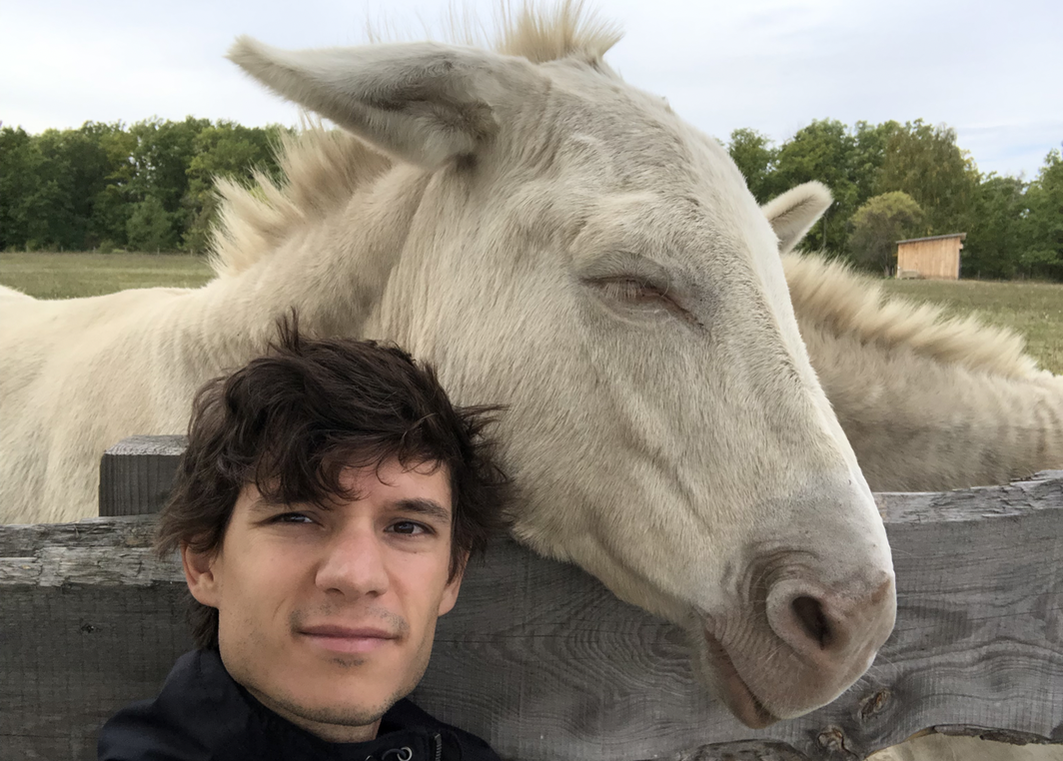
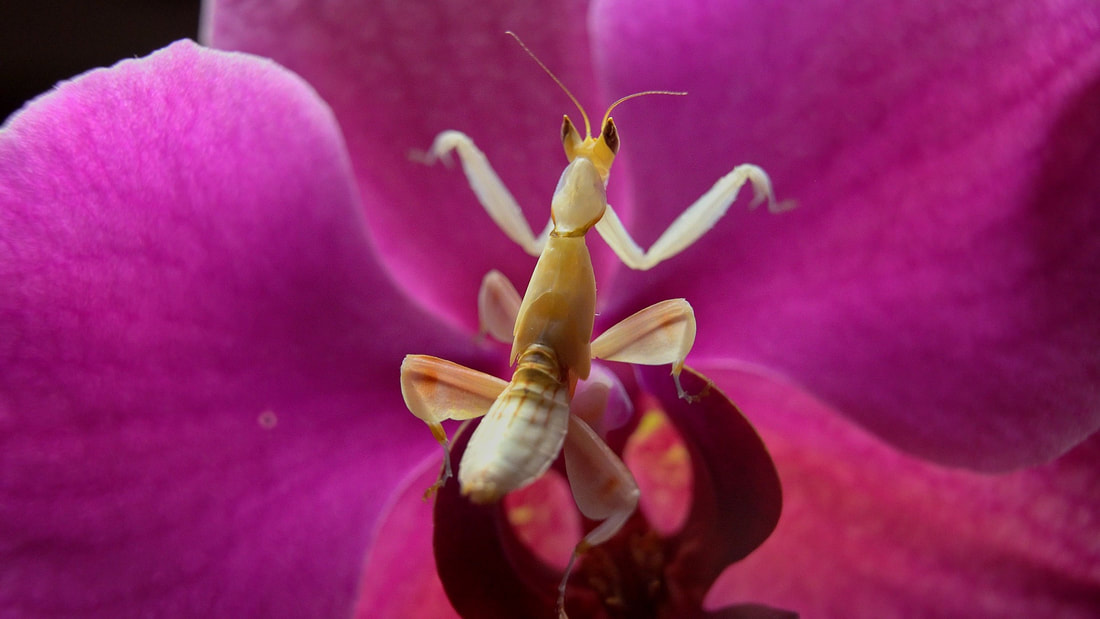
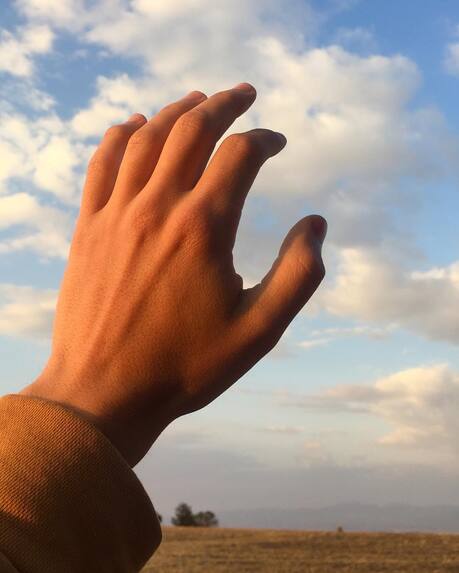
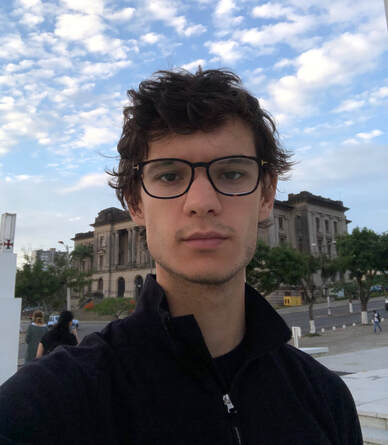
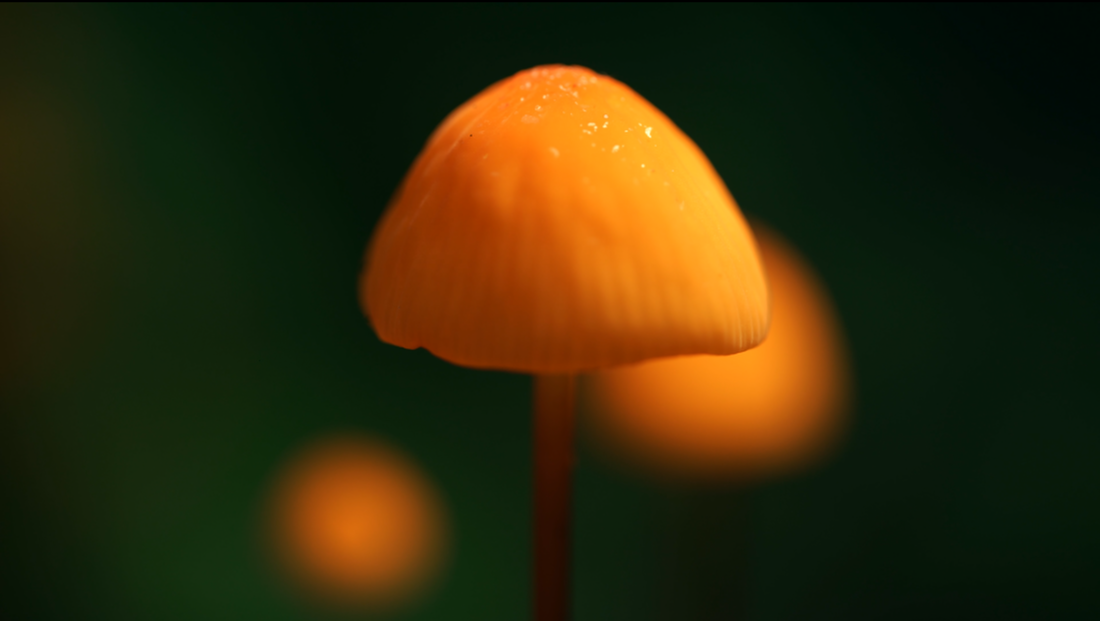
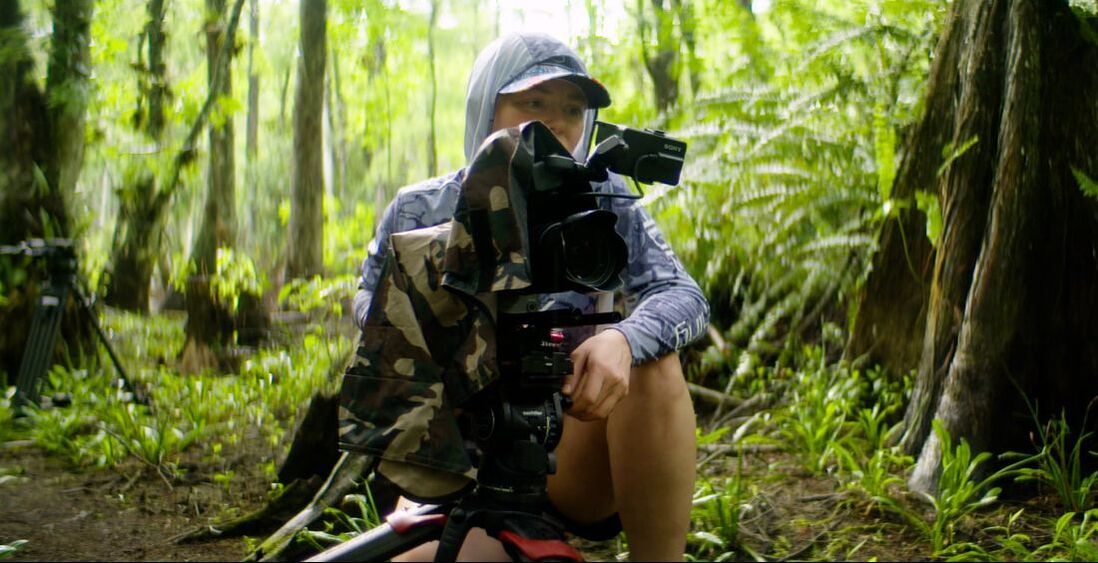
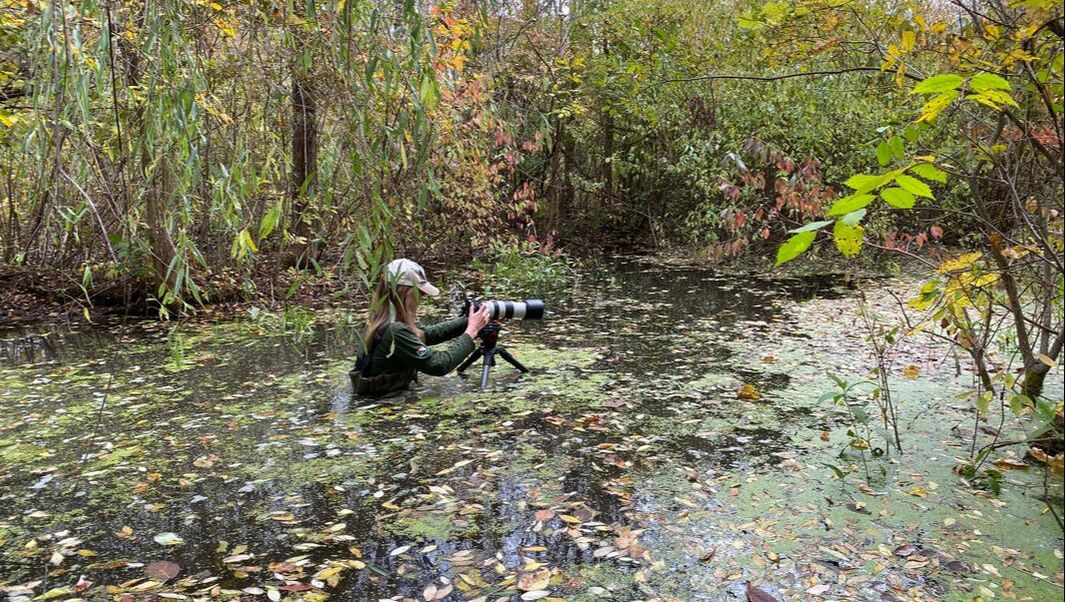
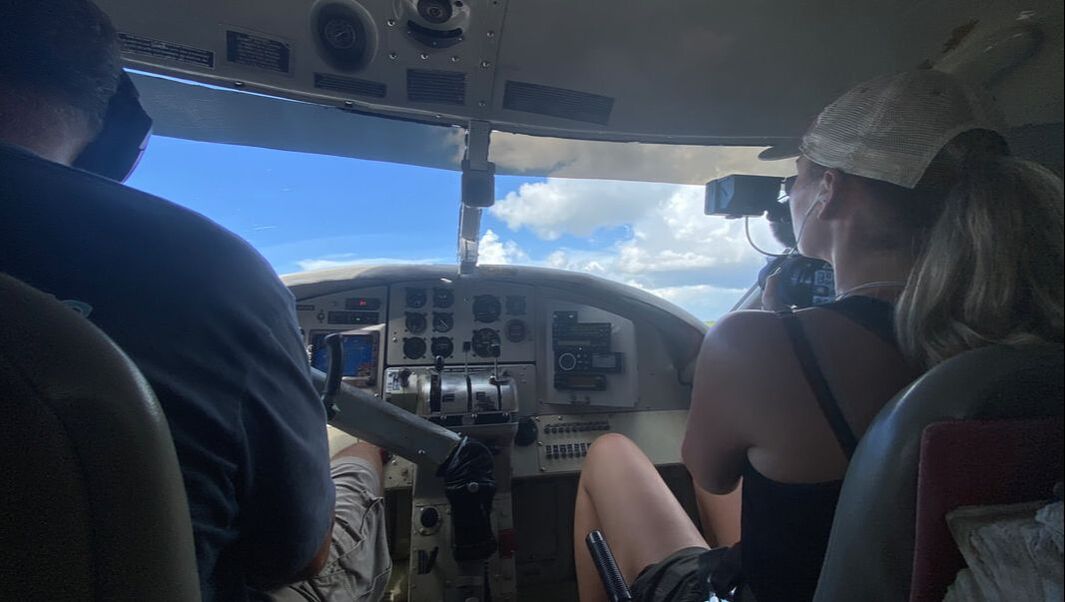
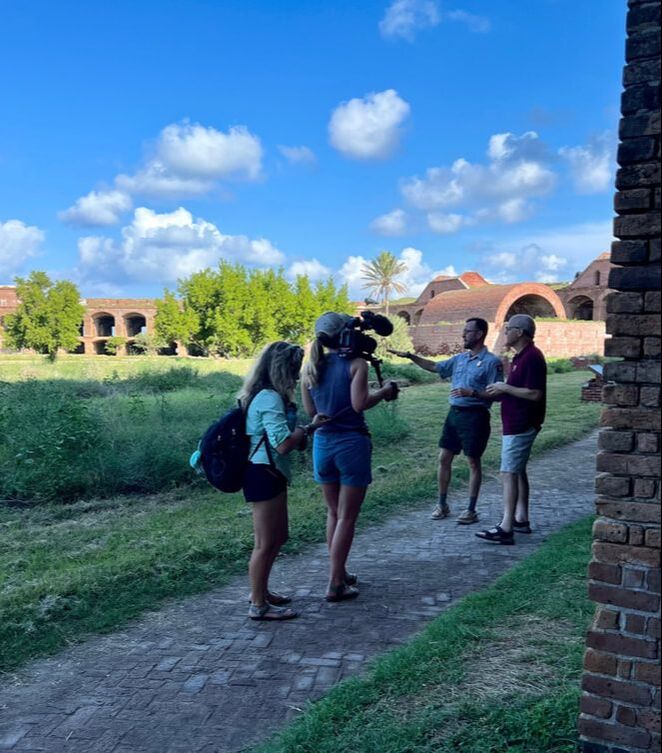
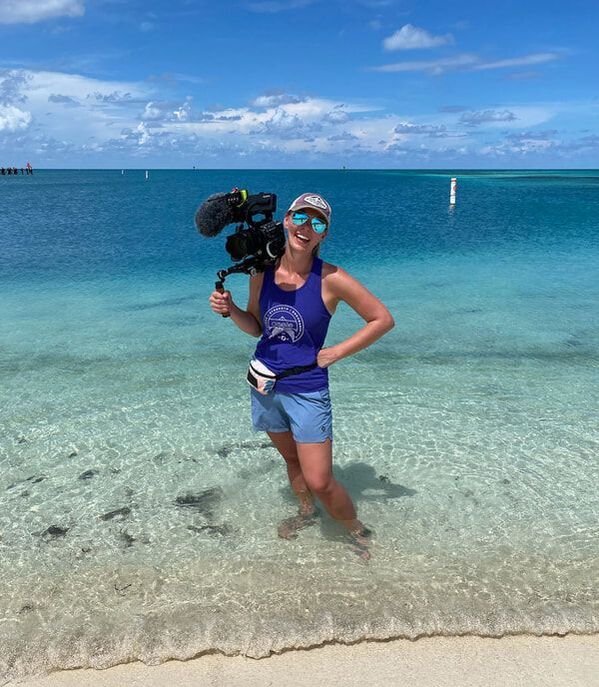
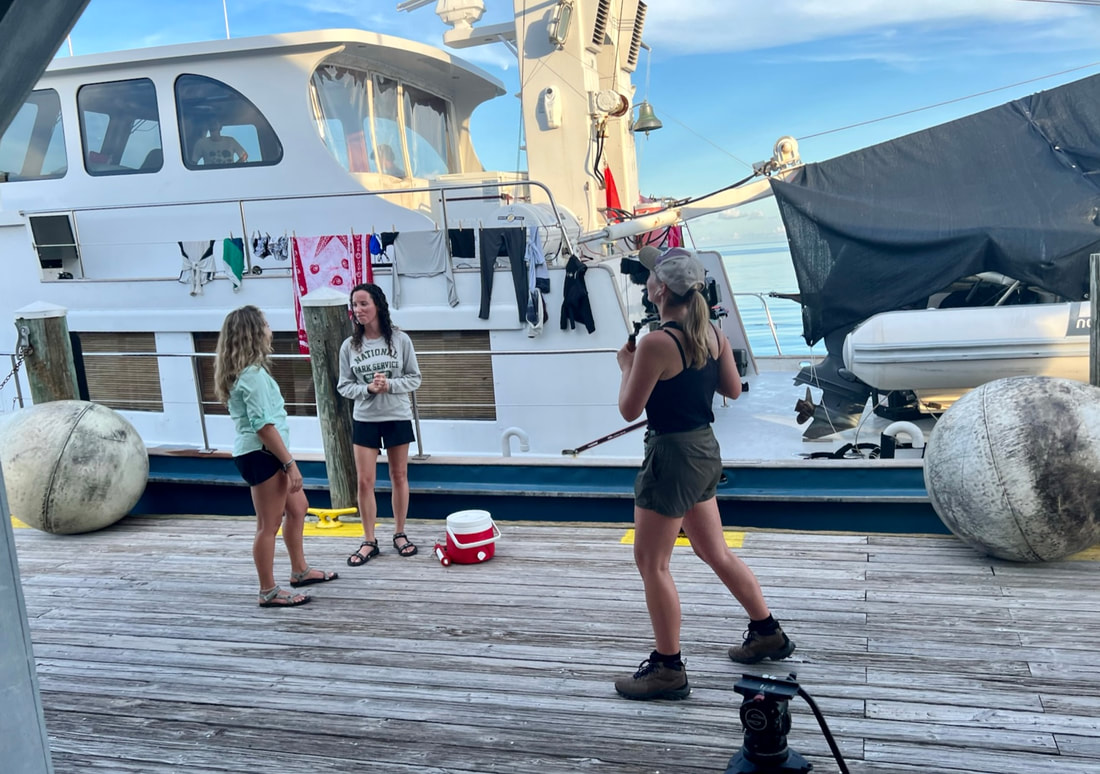
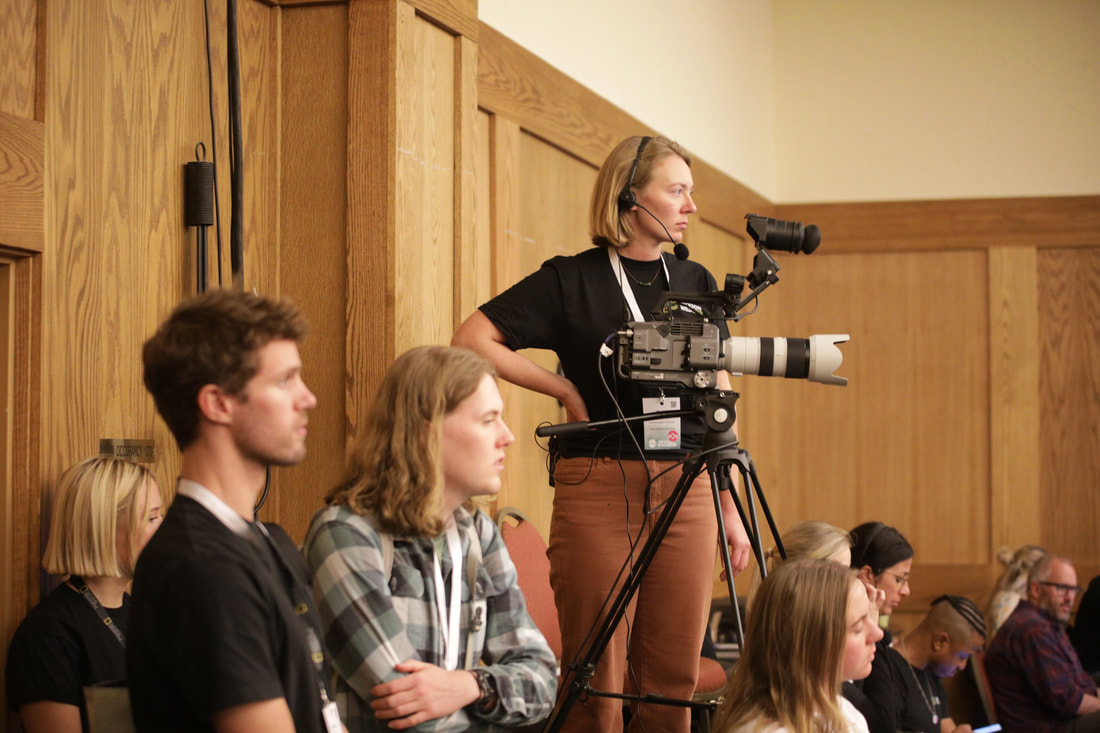
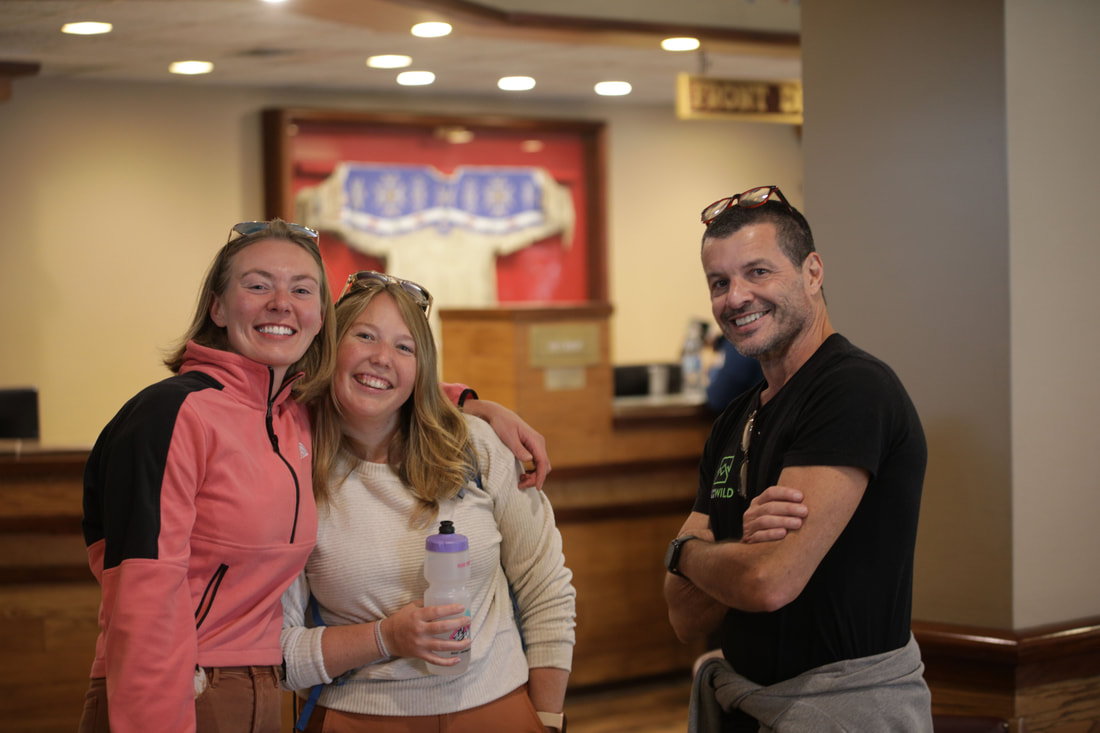



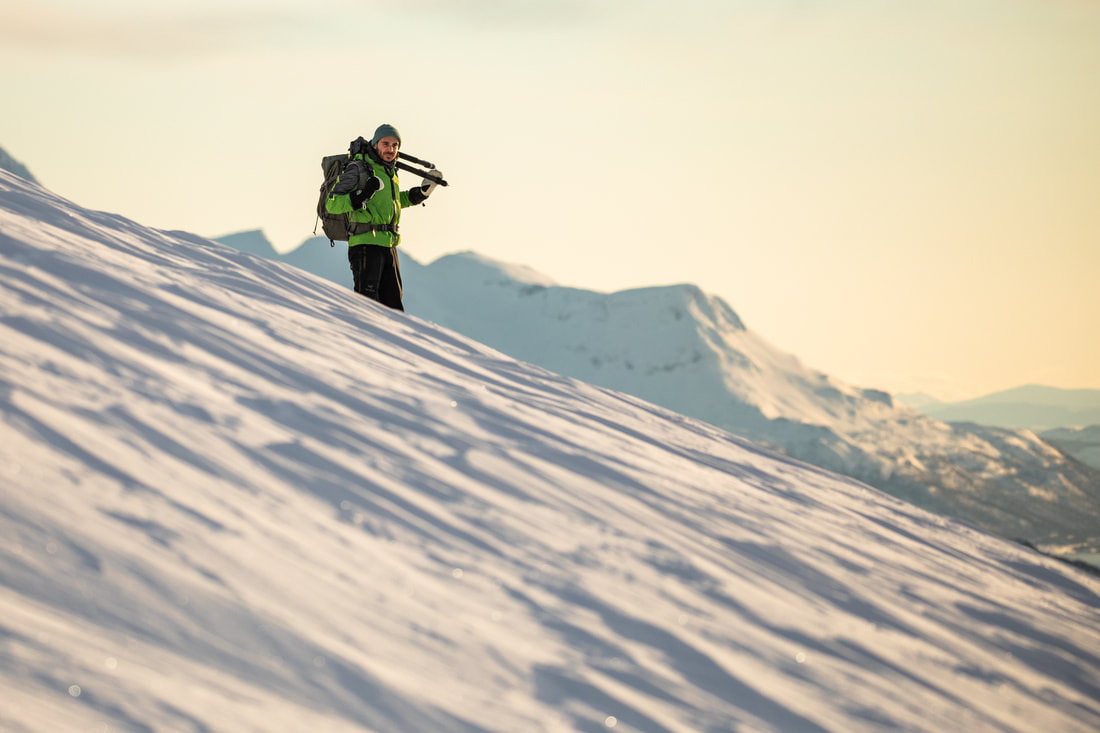
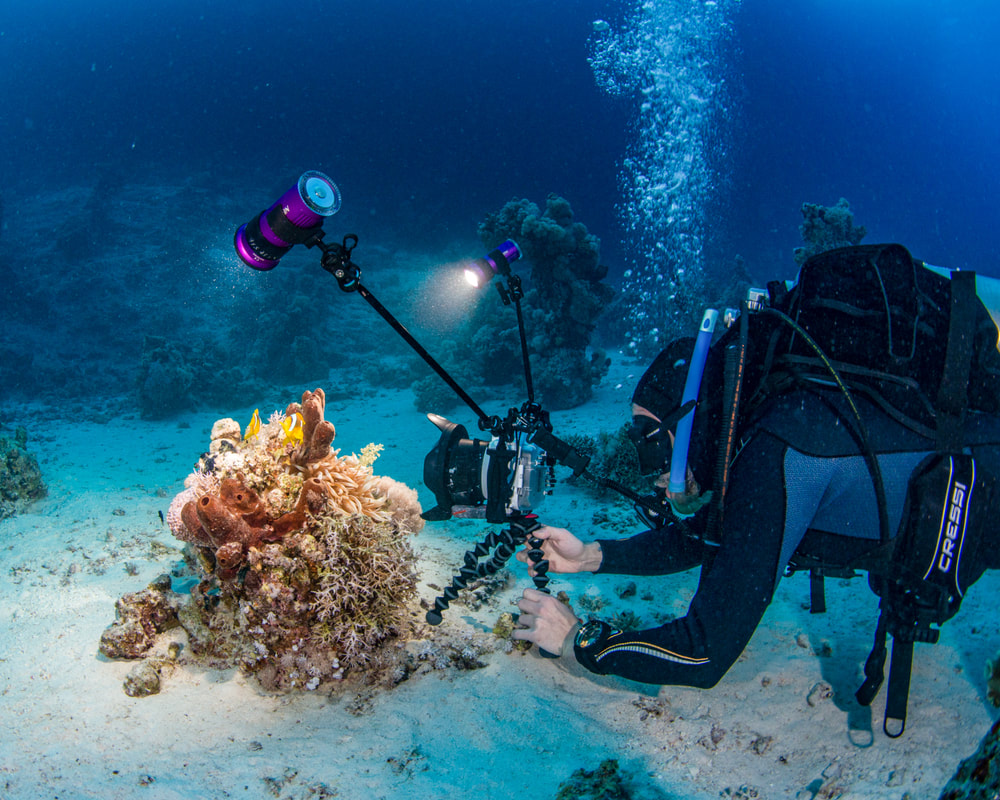
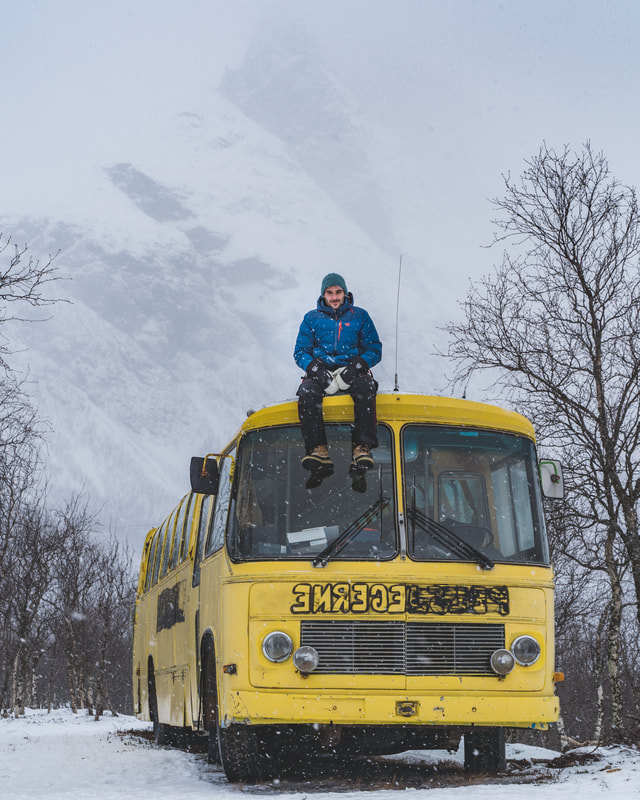
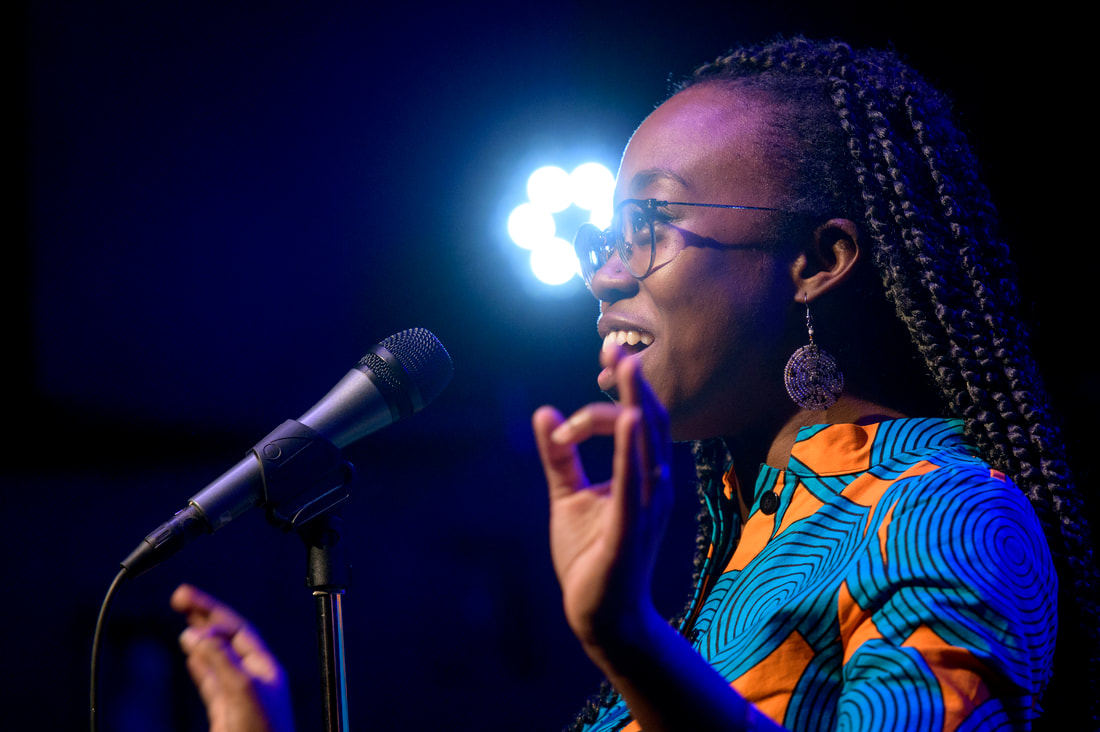
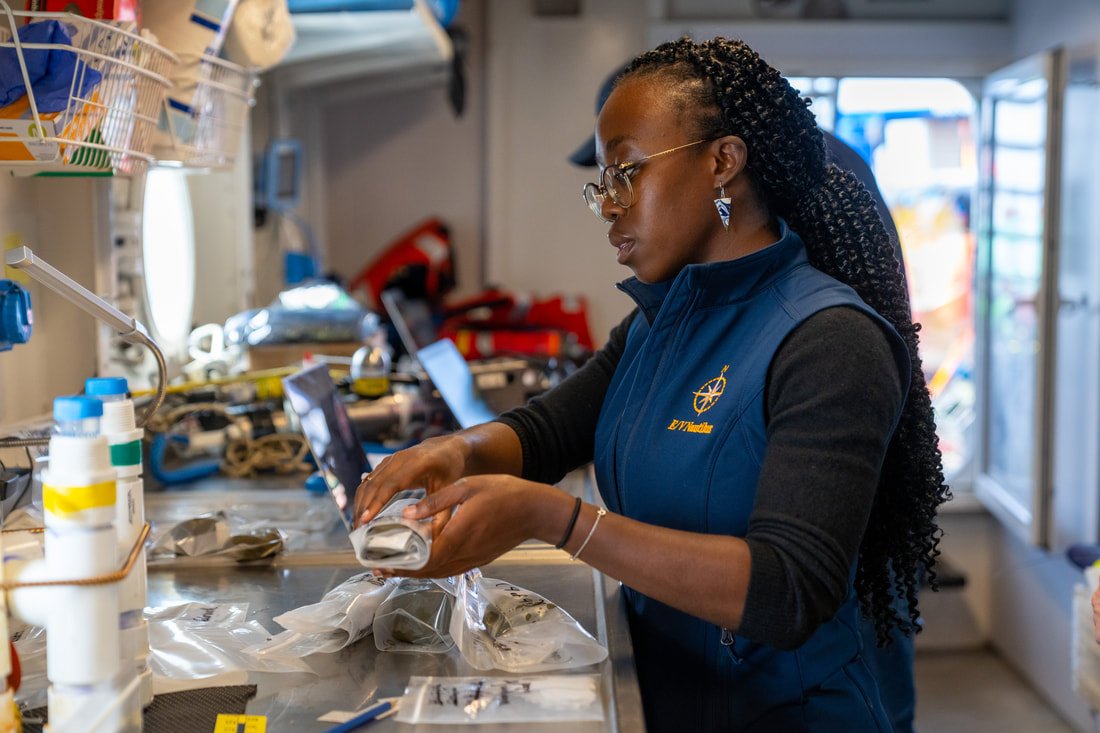
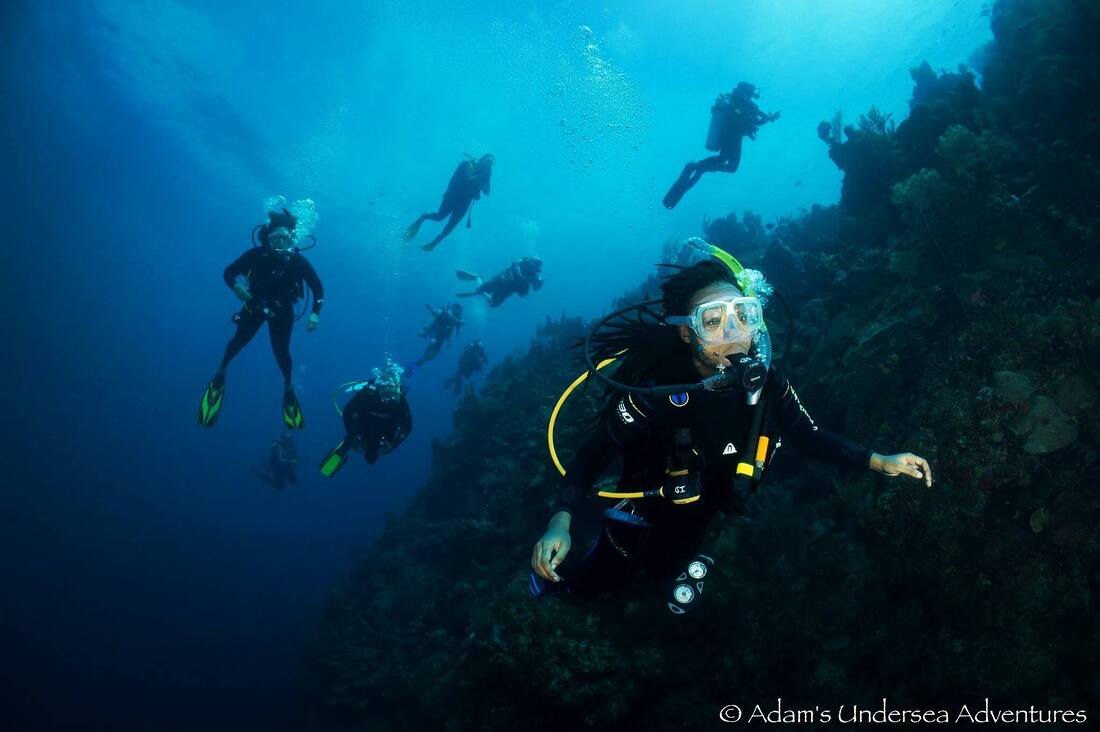
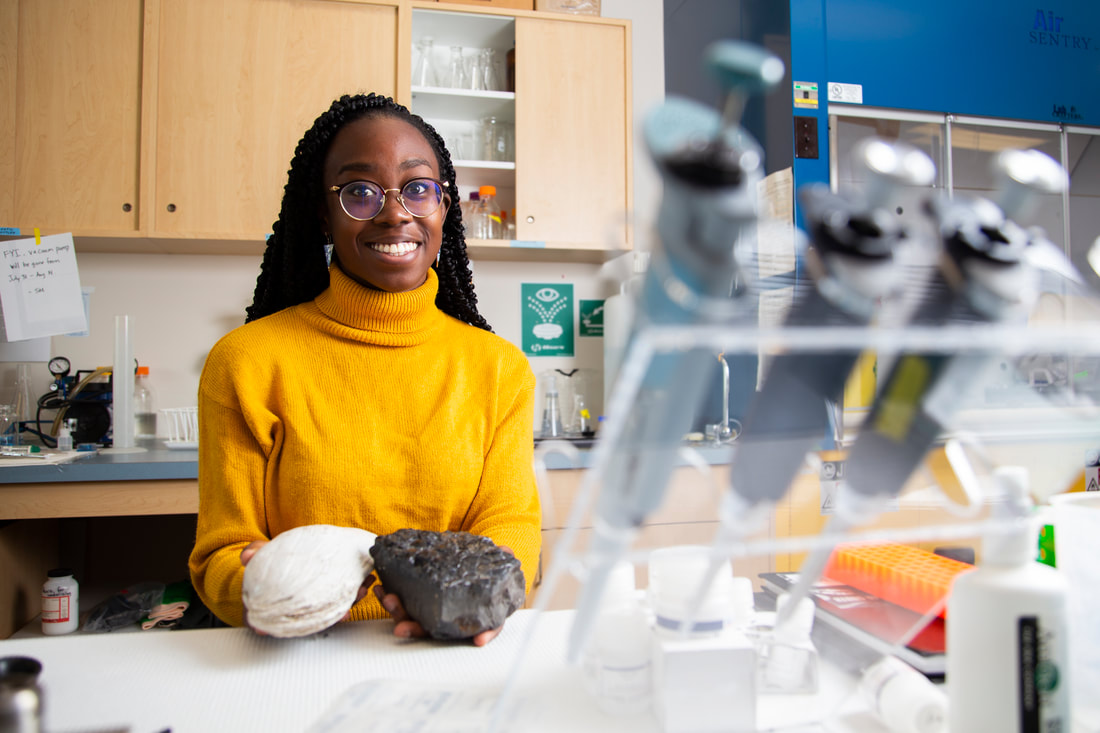
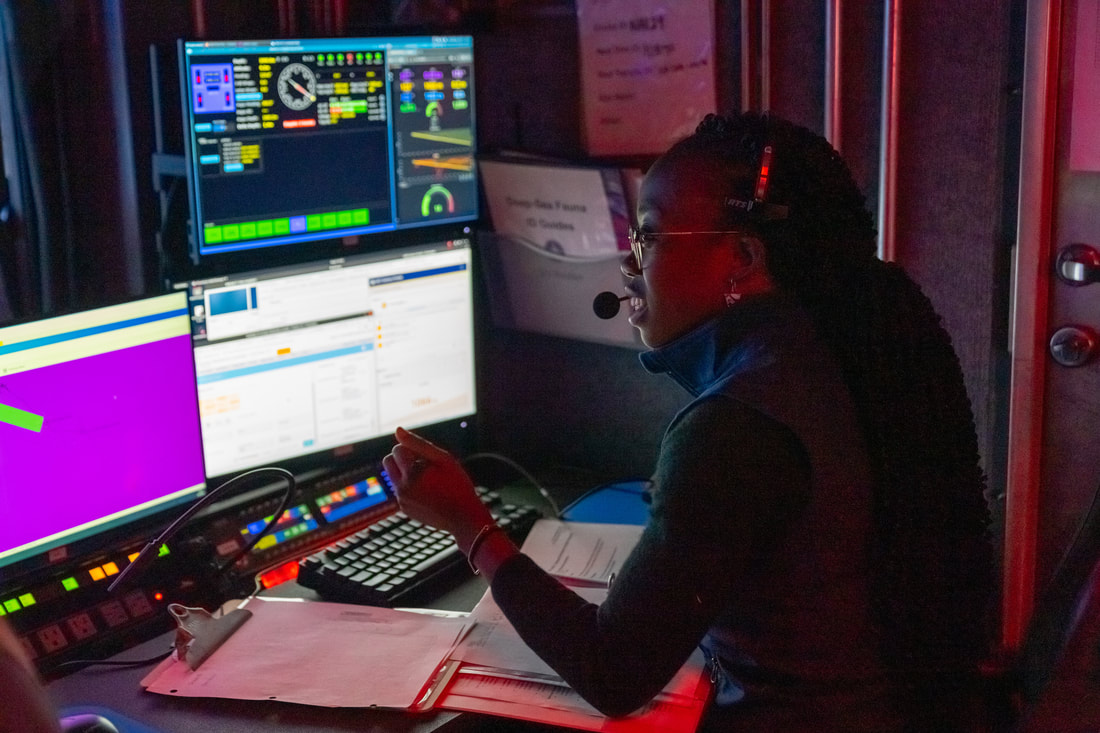
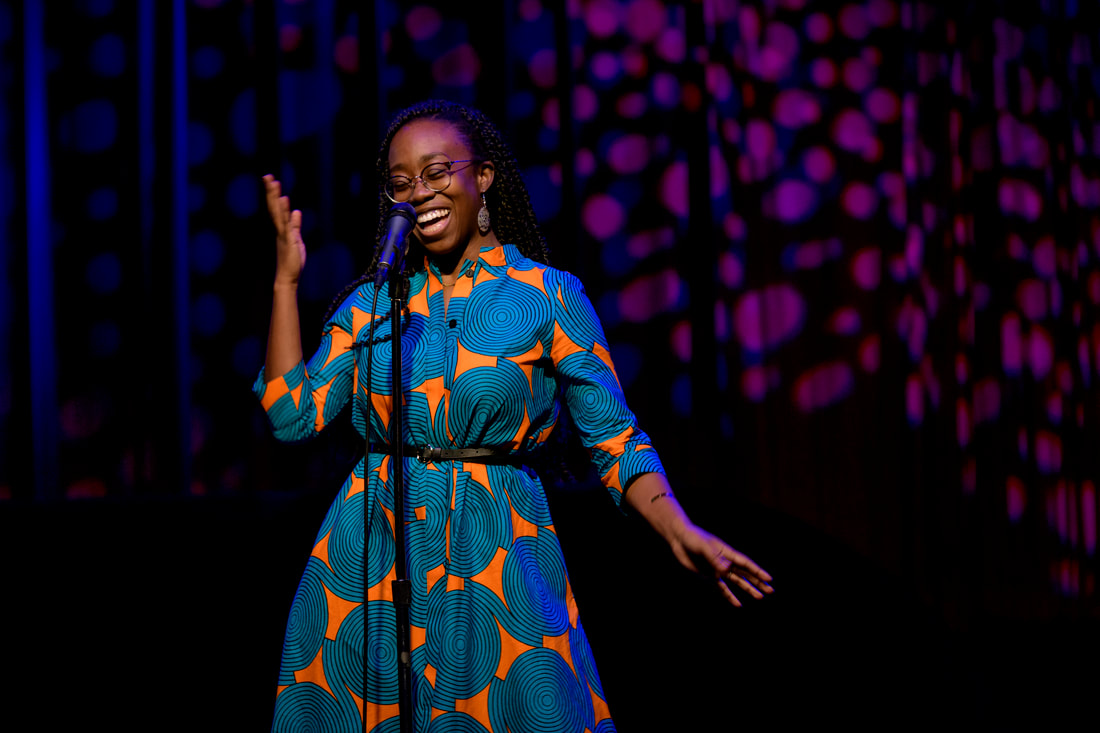
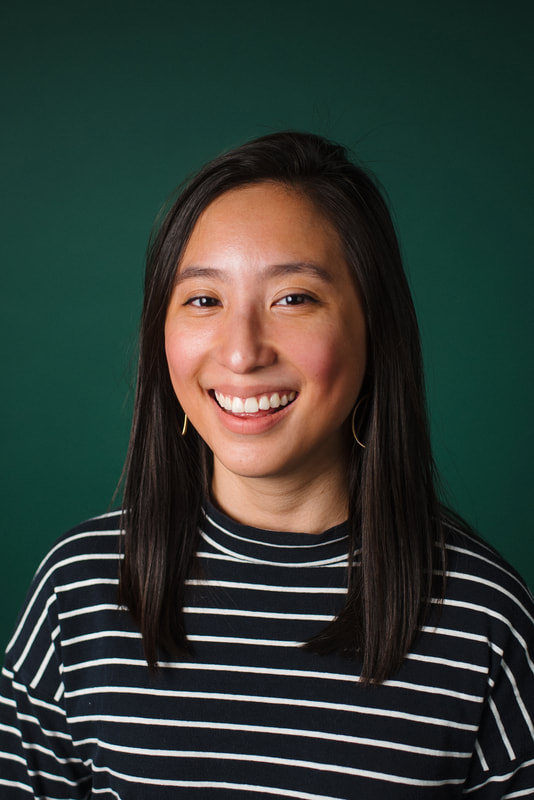
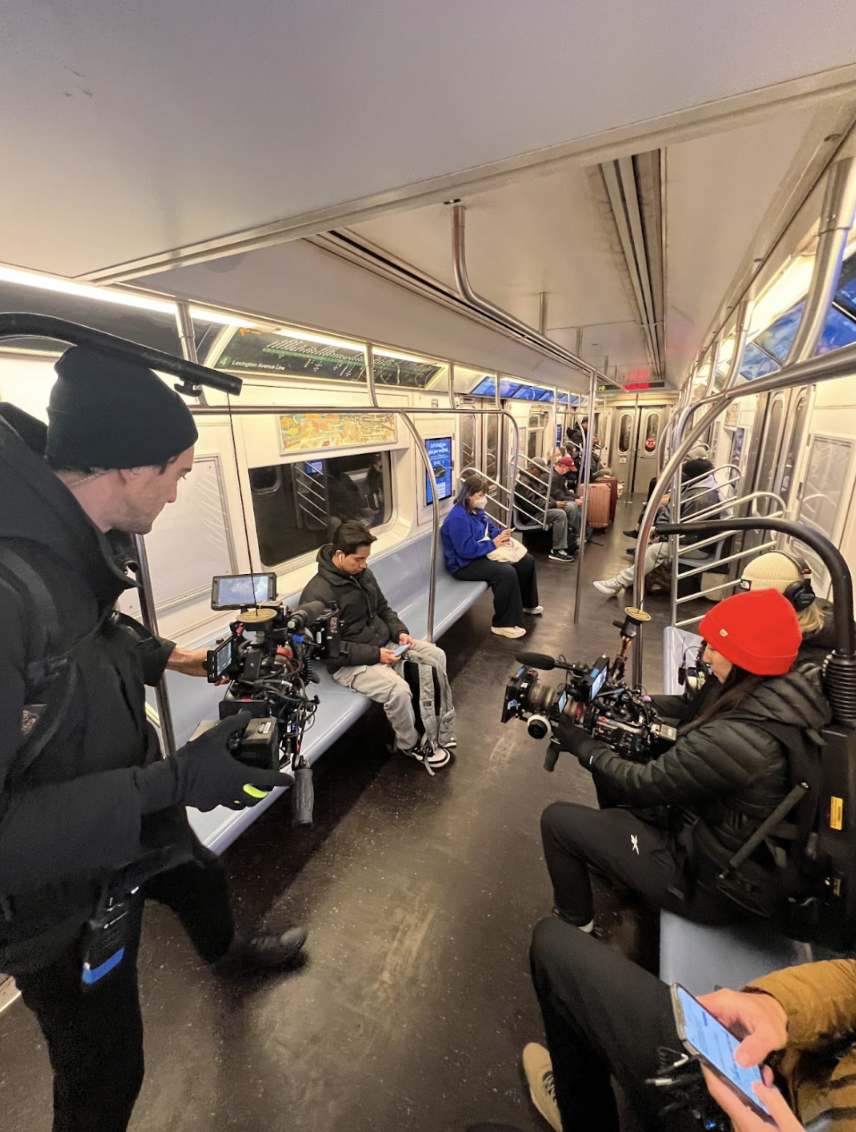
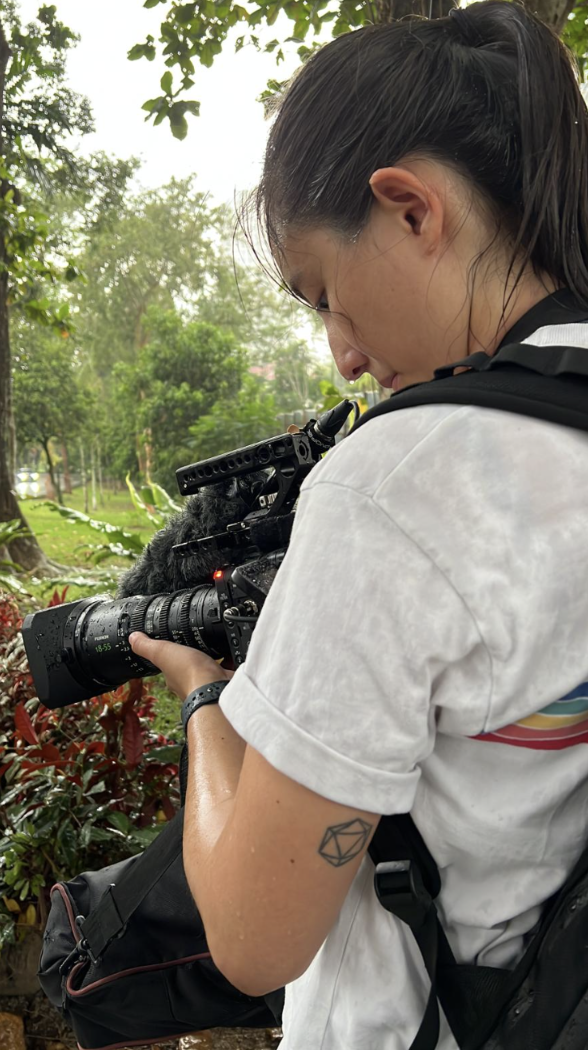
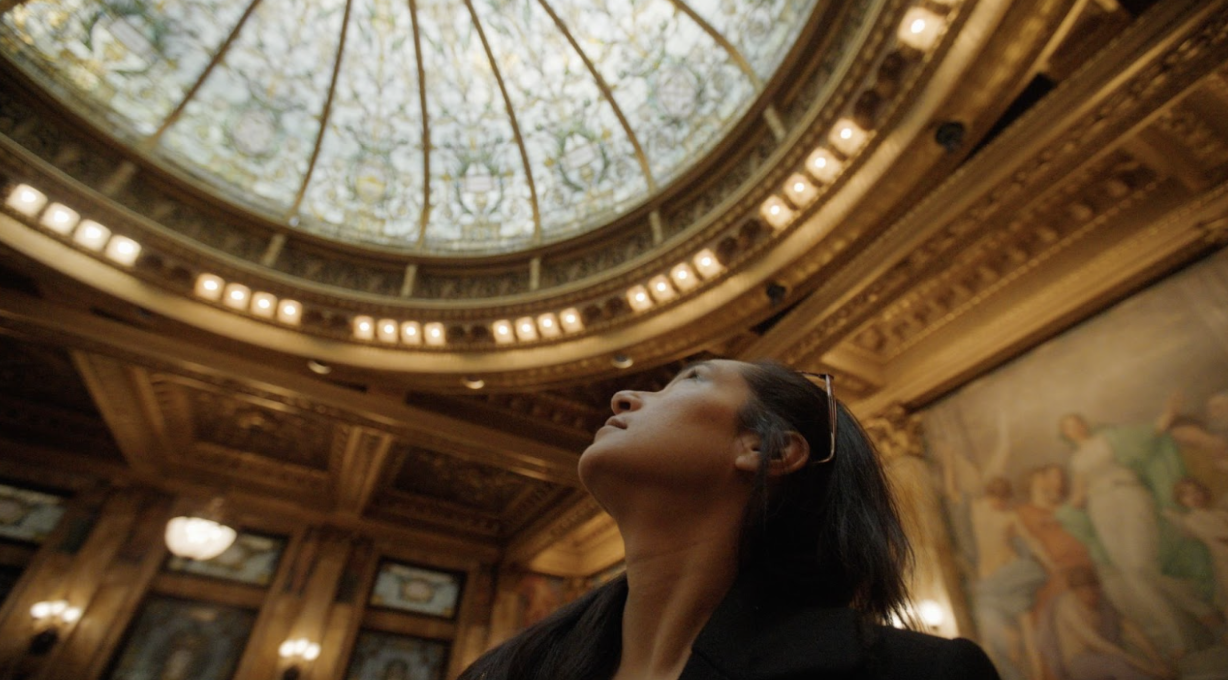
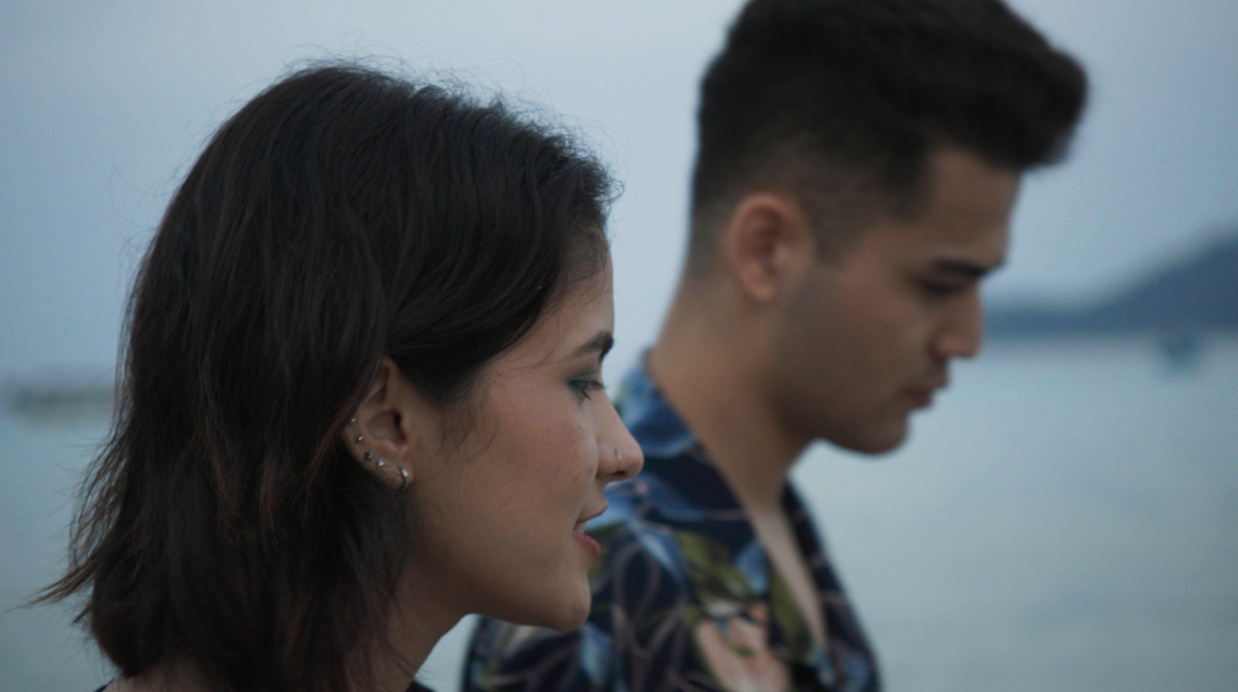
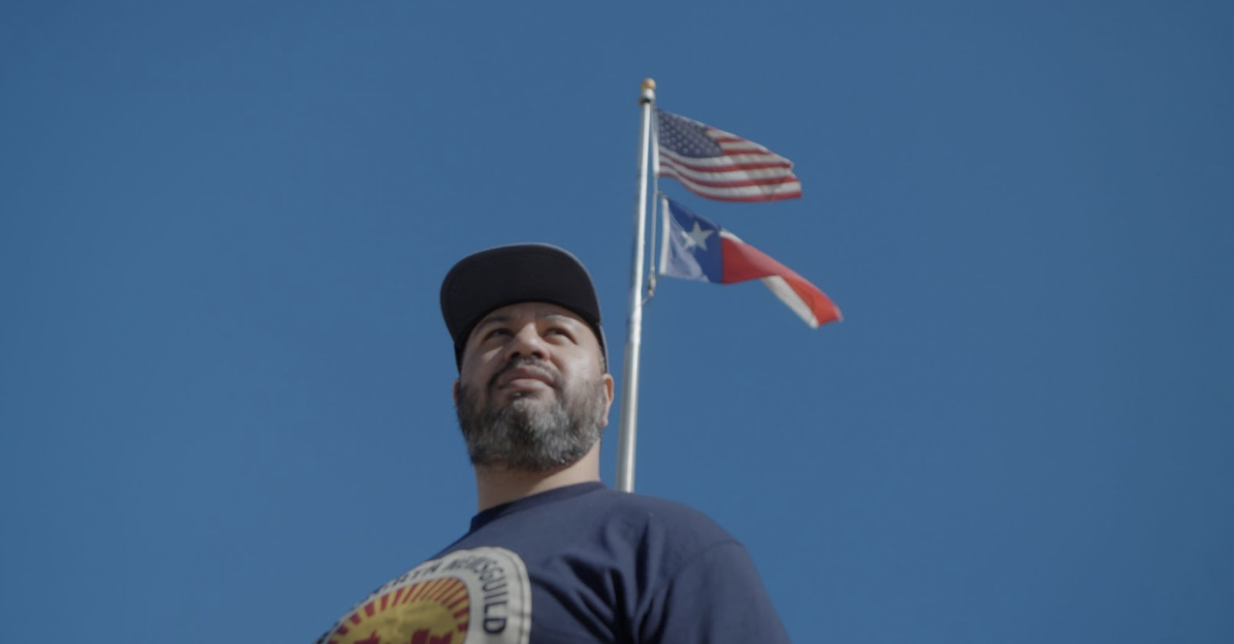
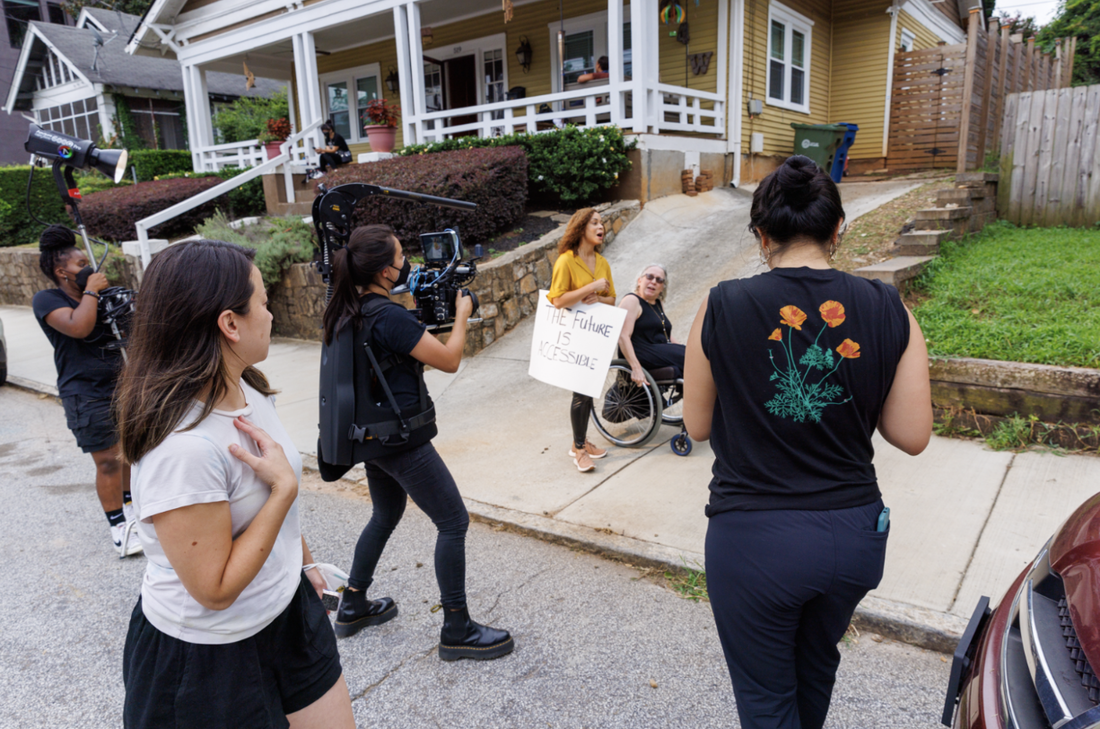
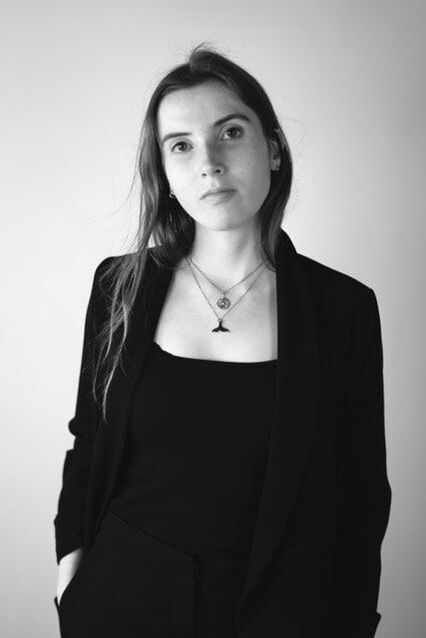
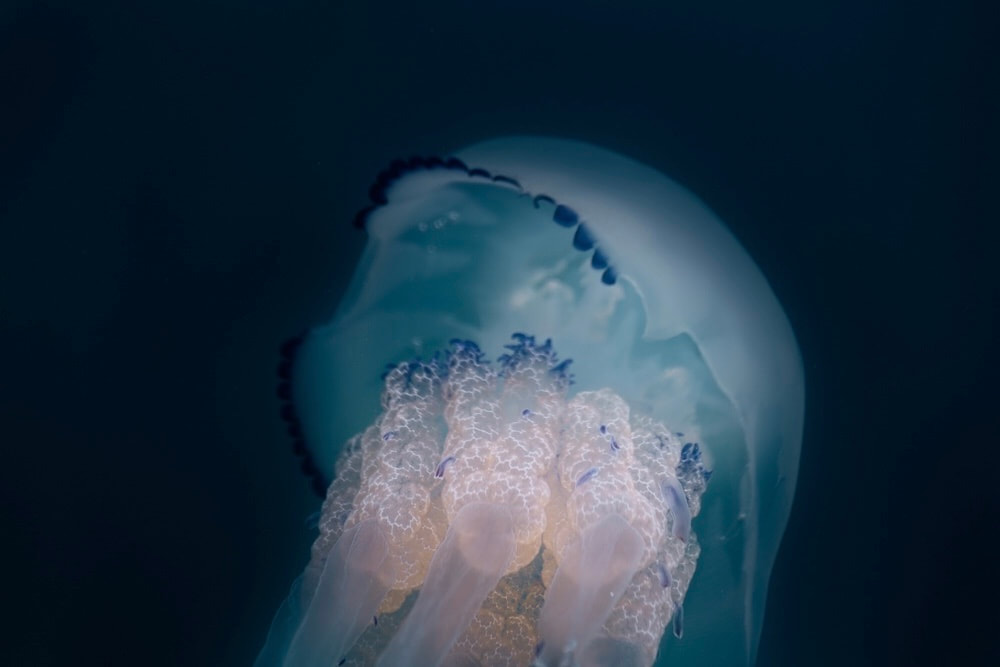
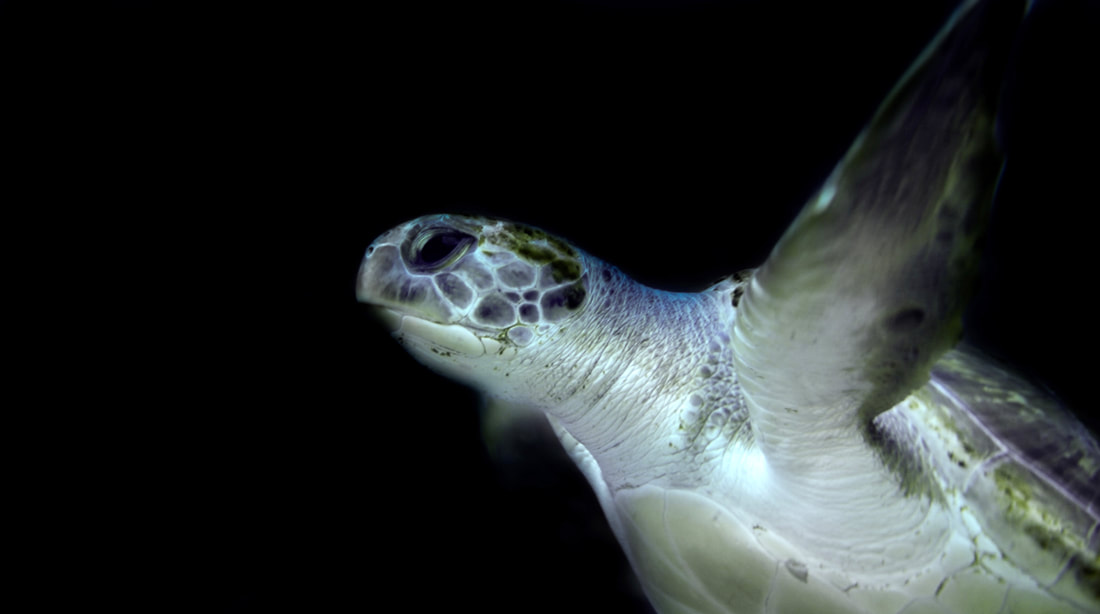
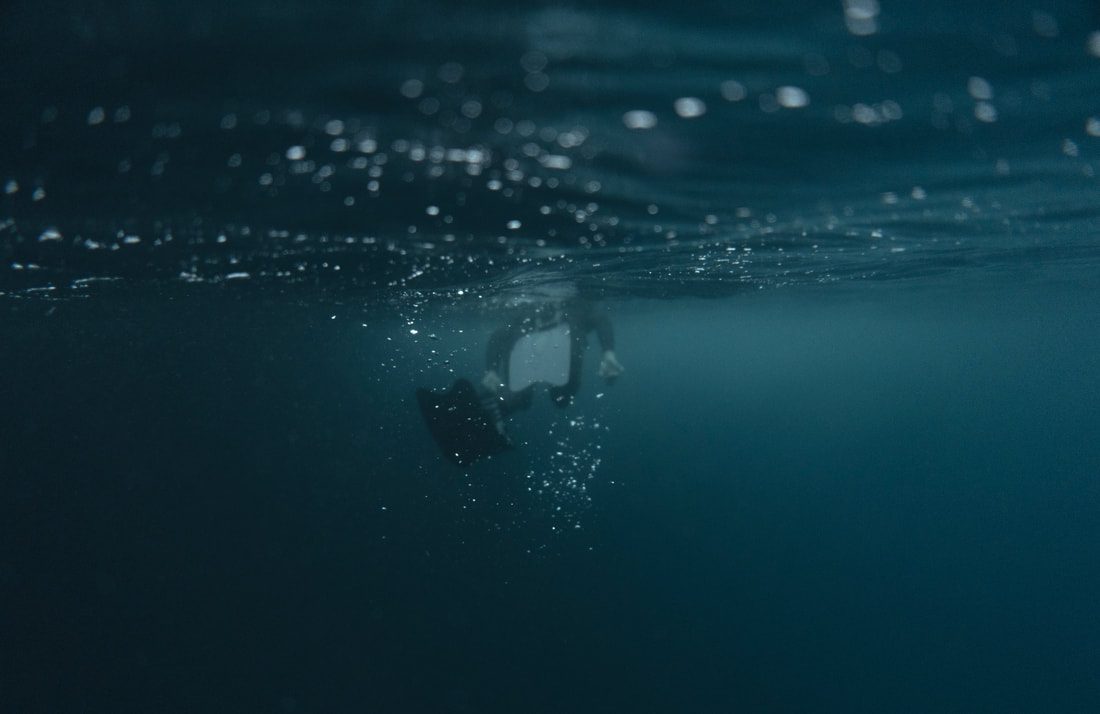
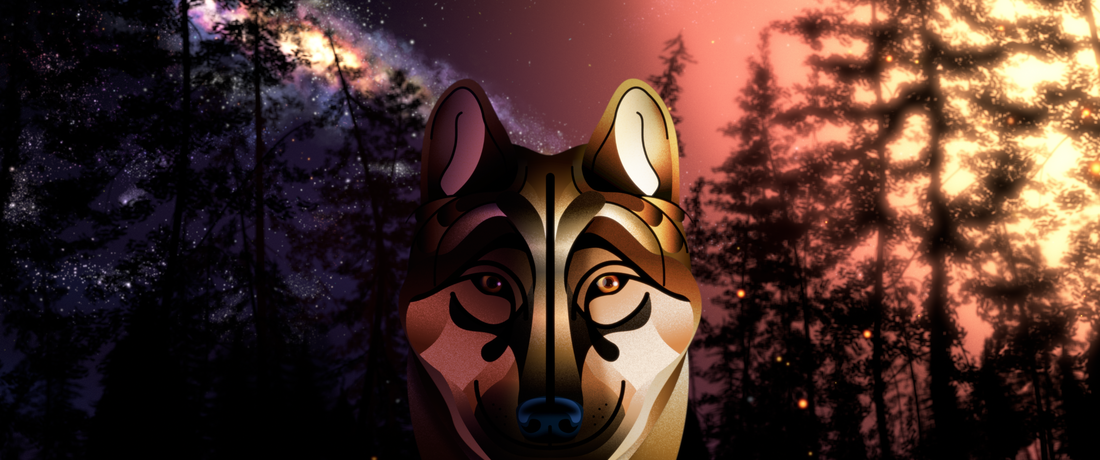
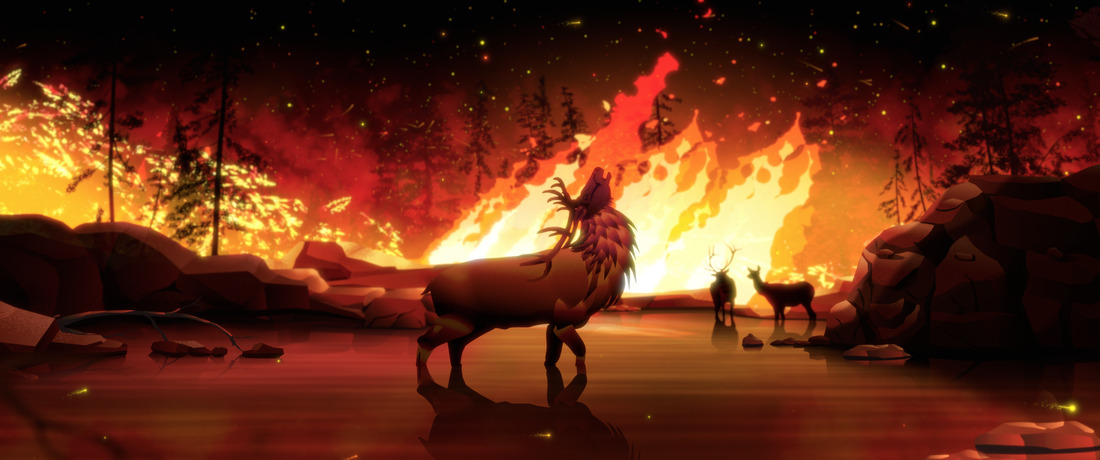
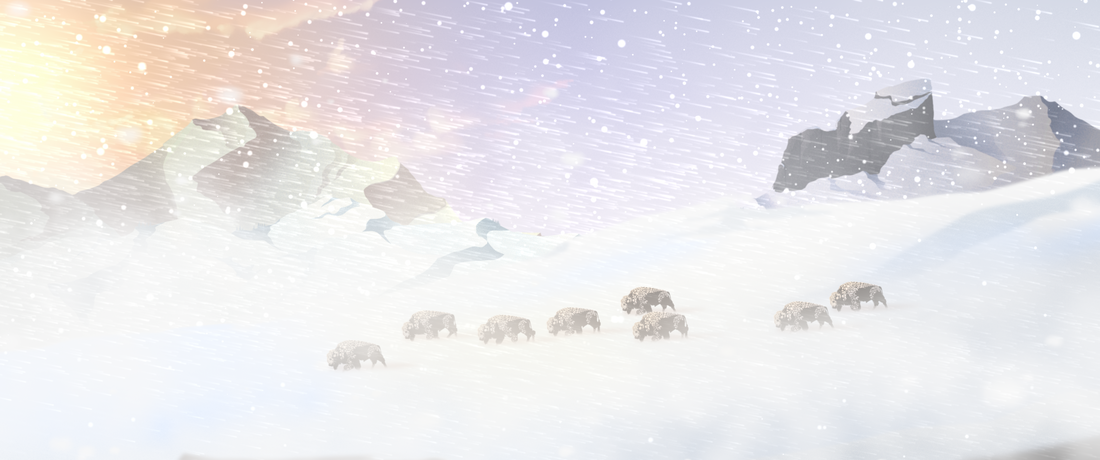
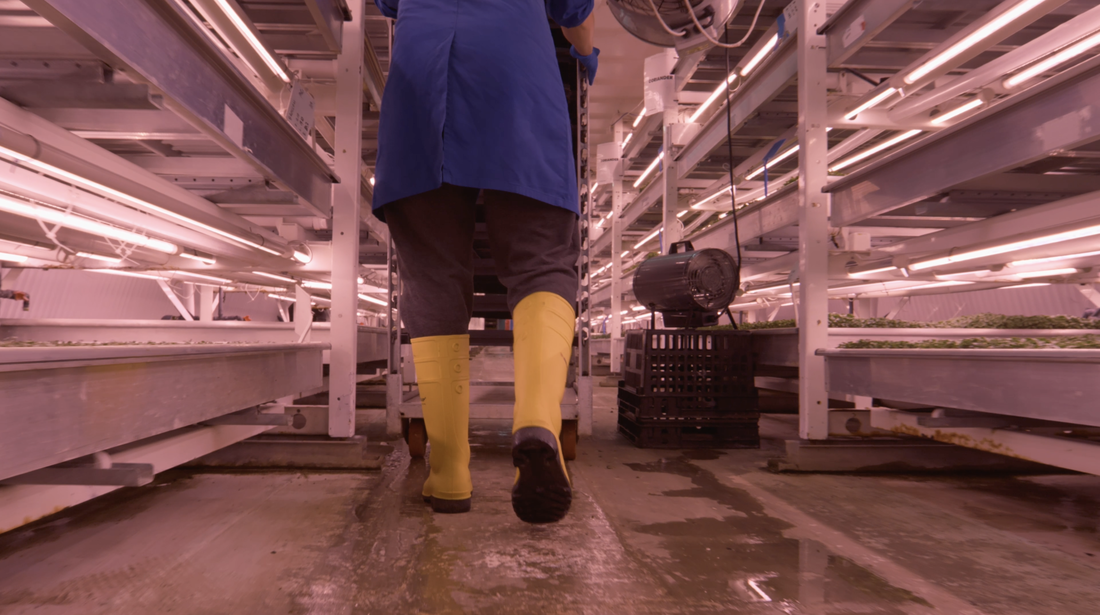
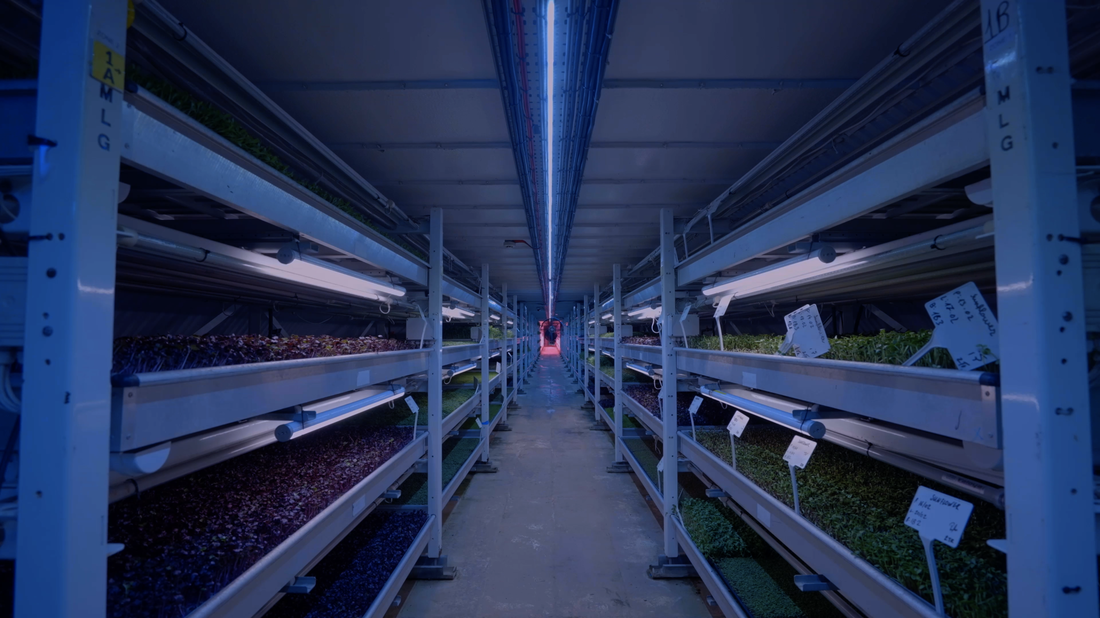
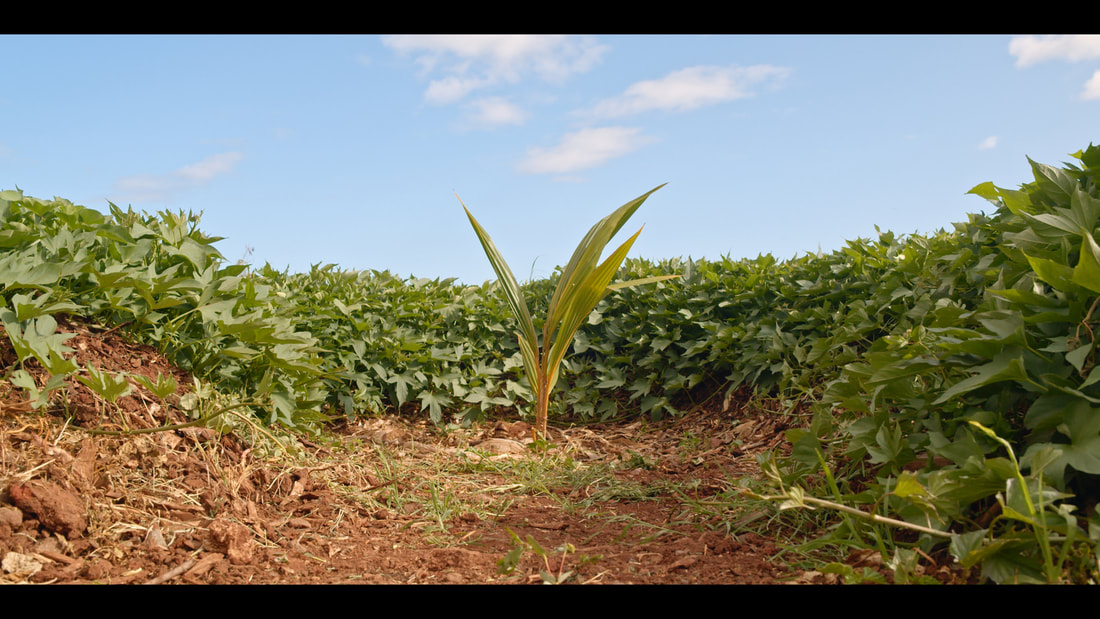
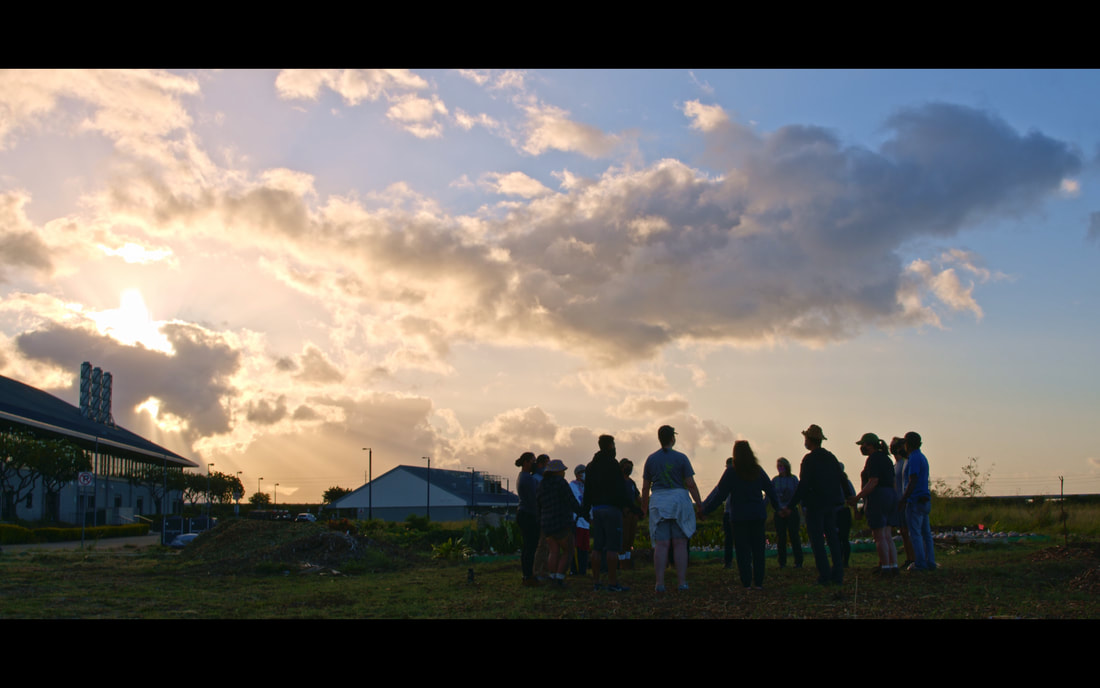
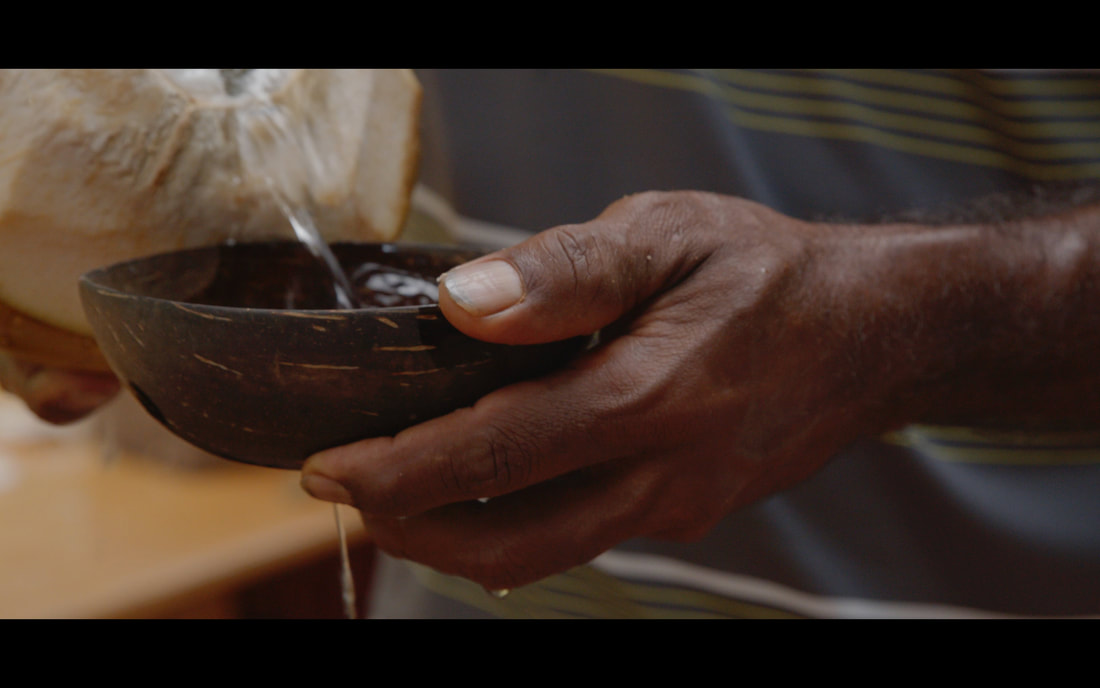
 RSS Feed
RSS Feed